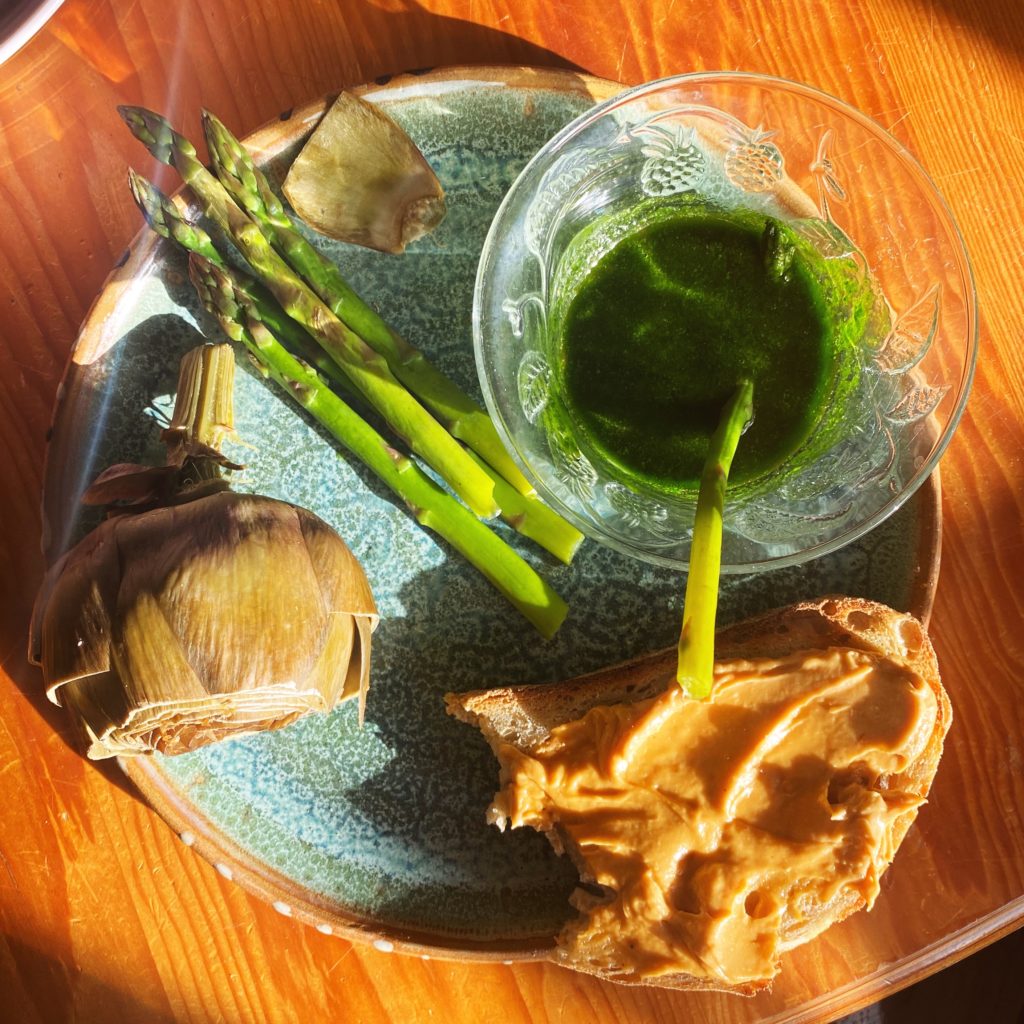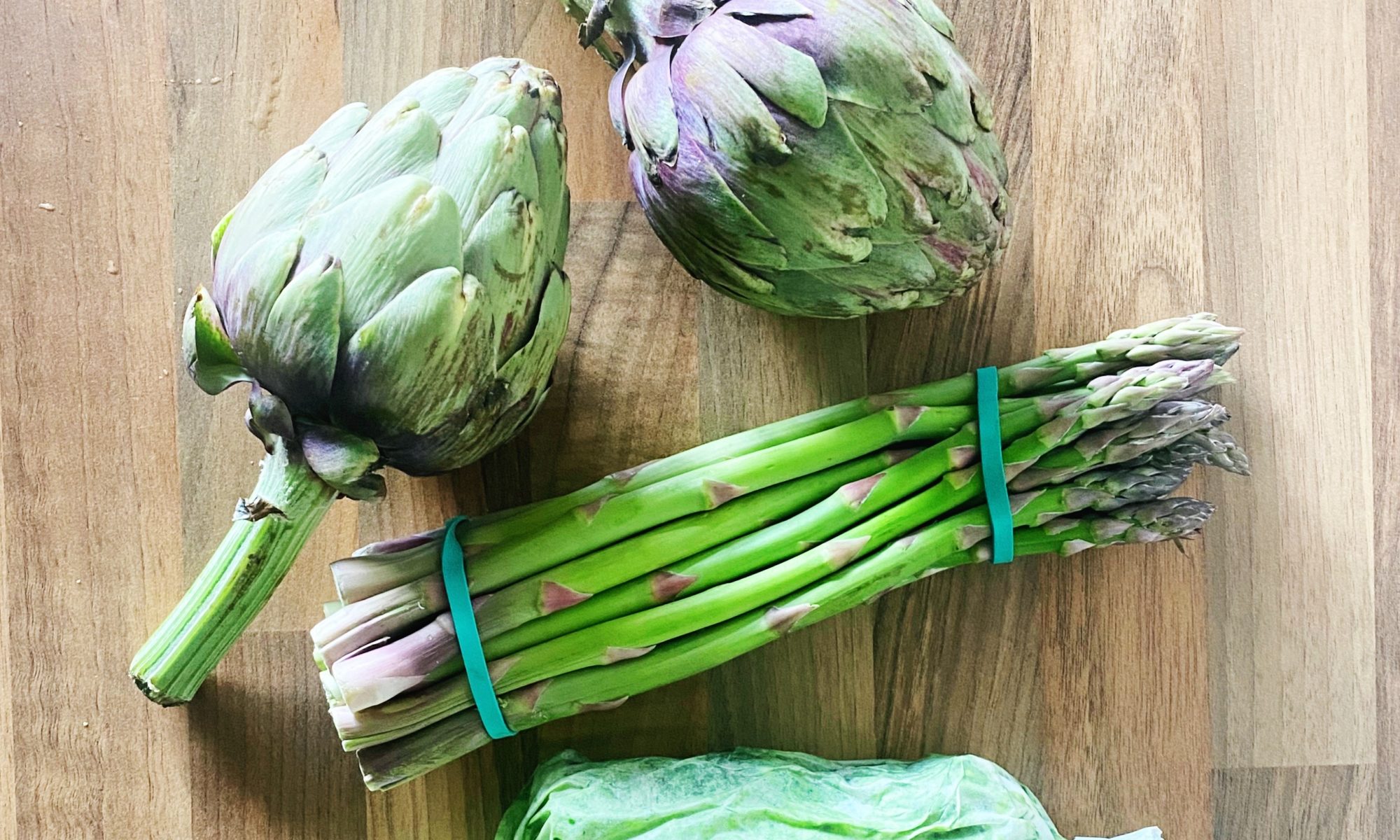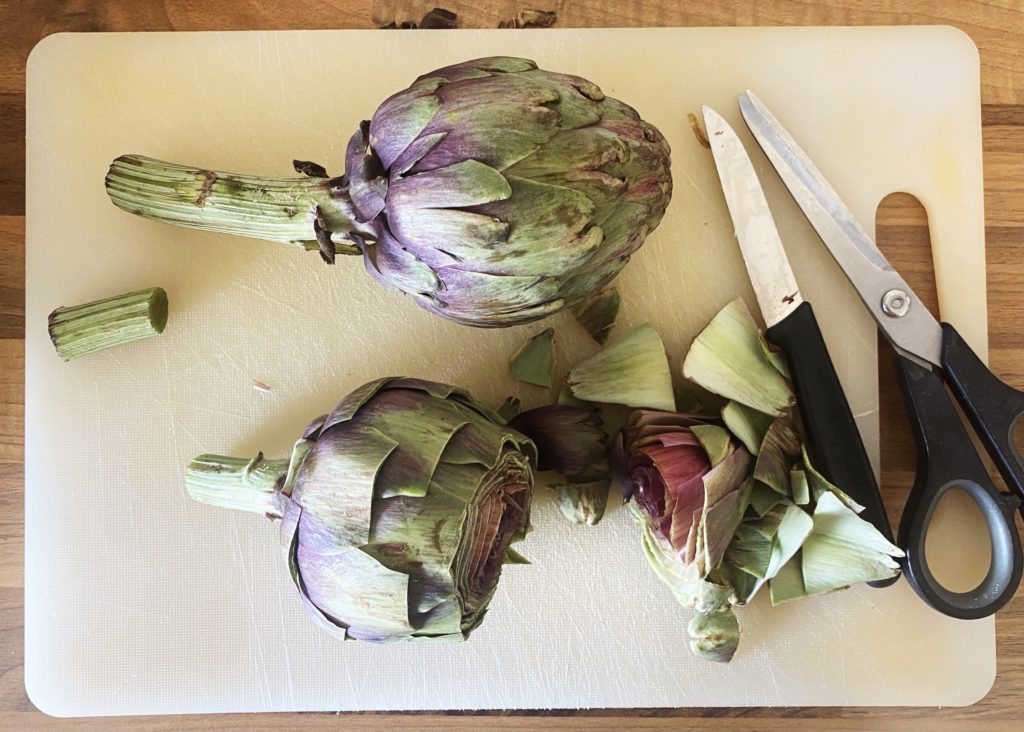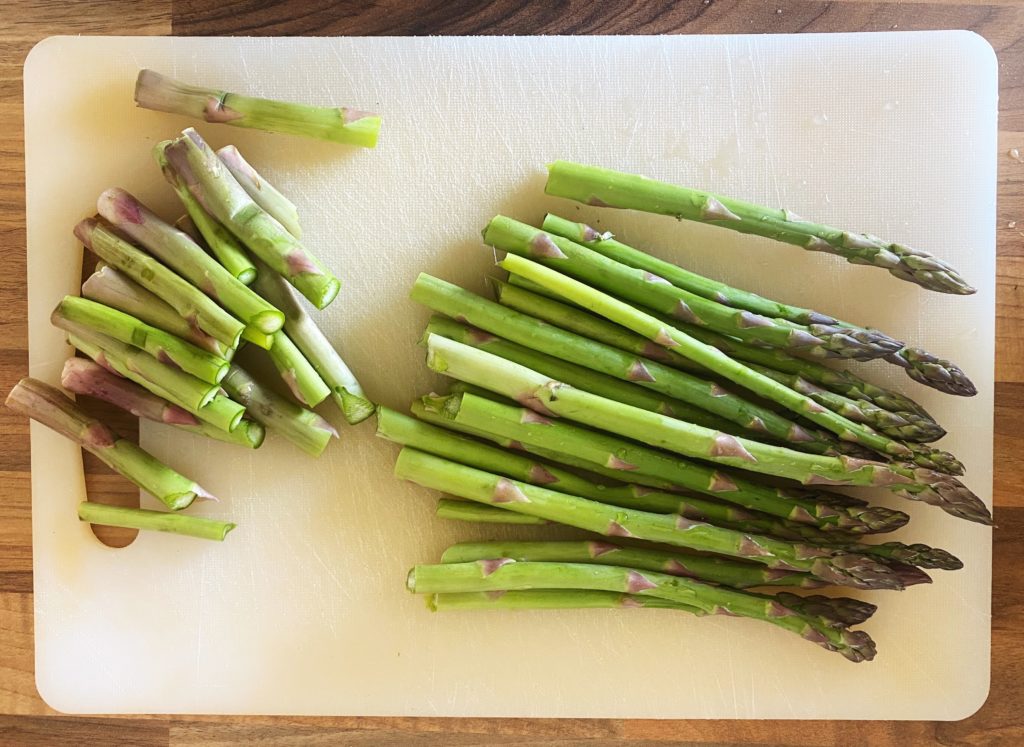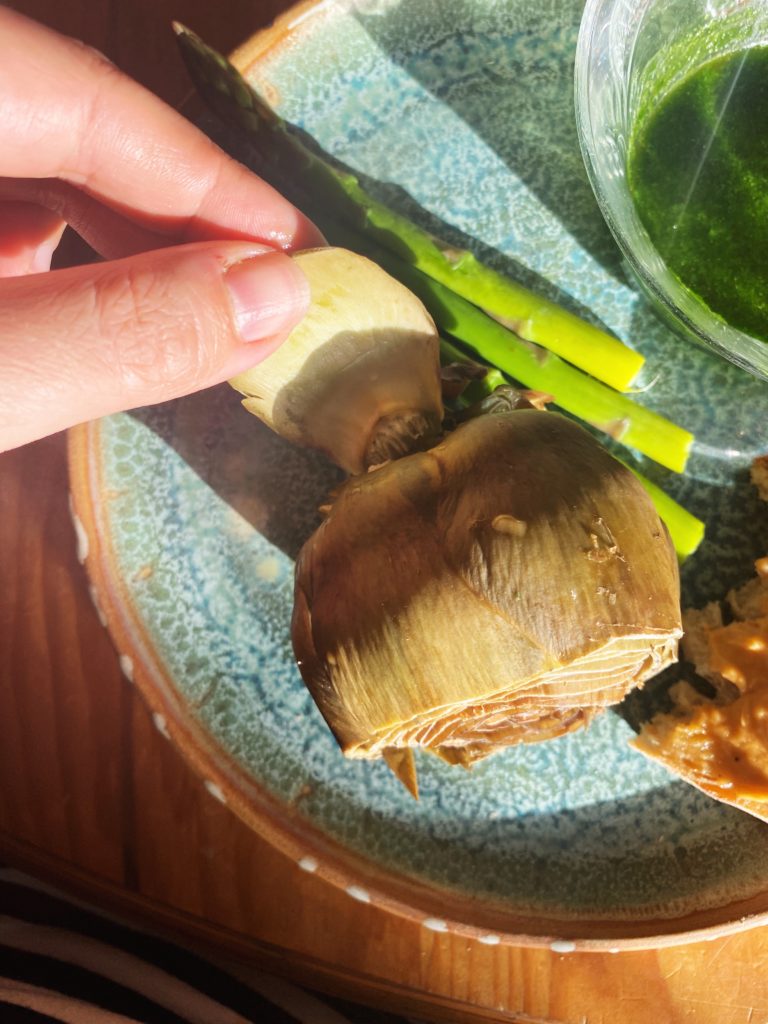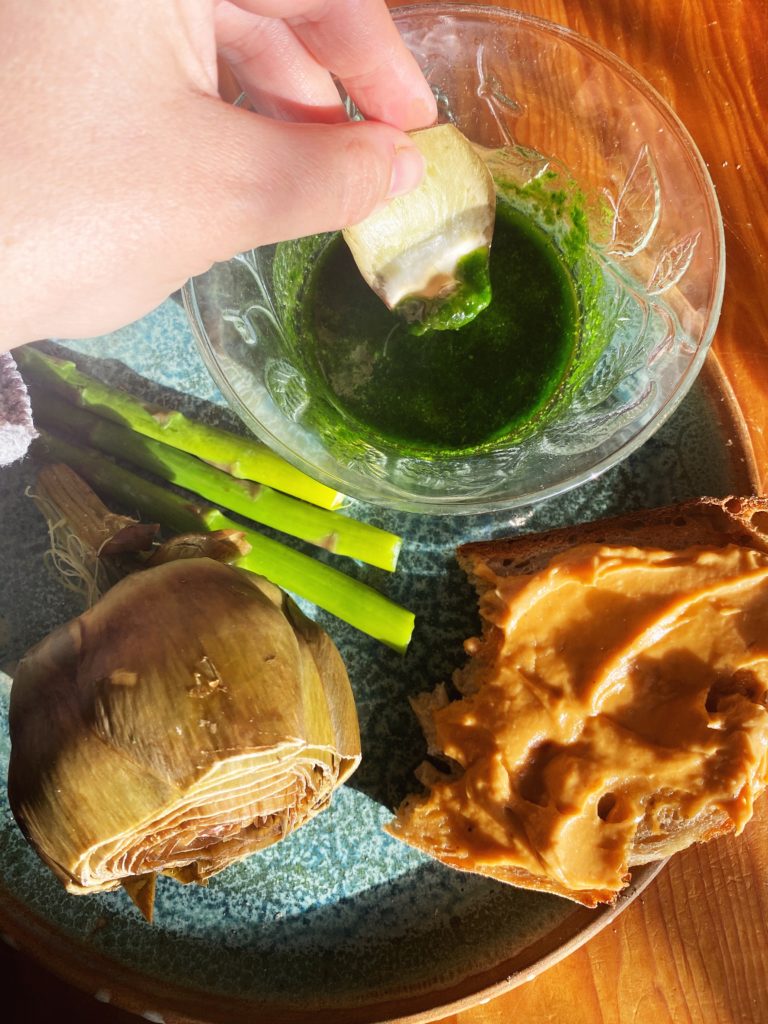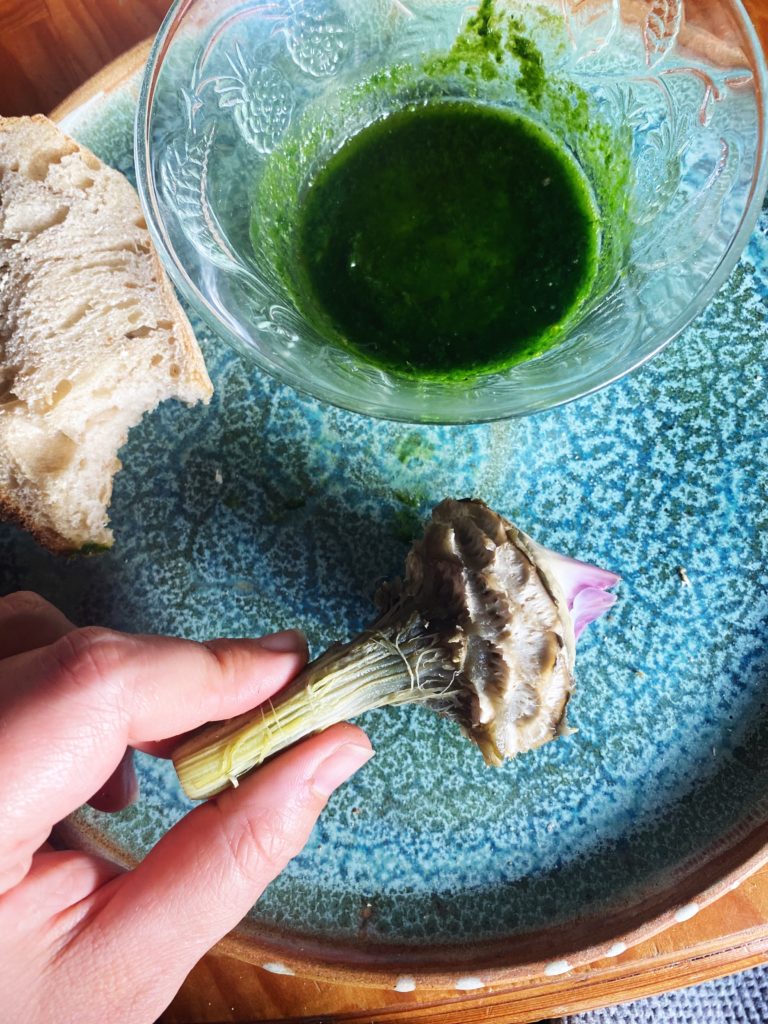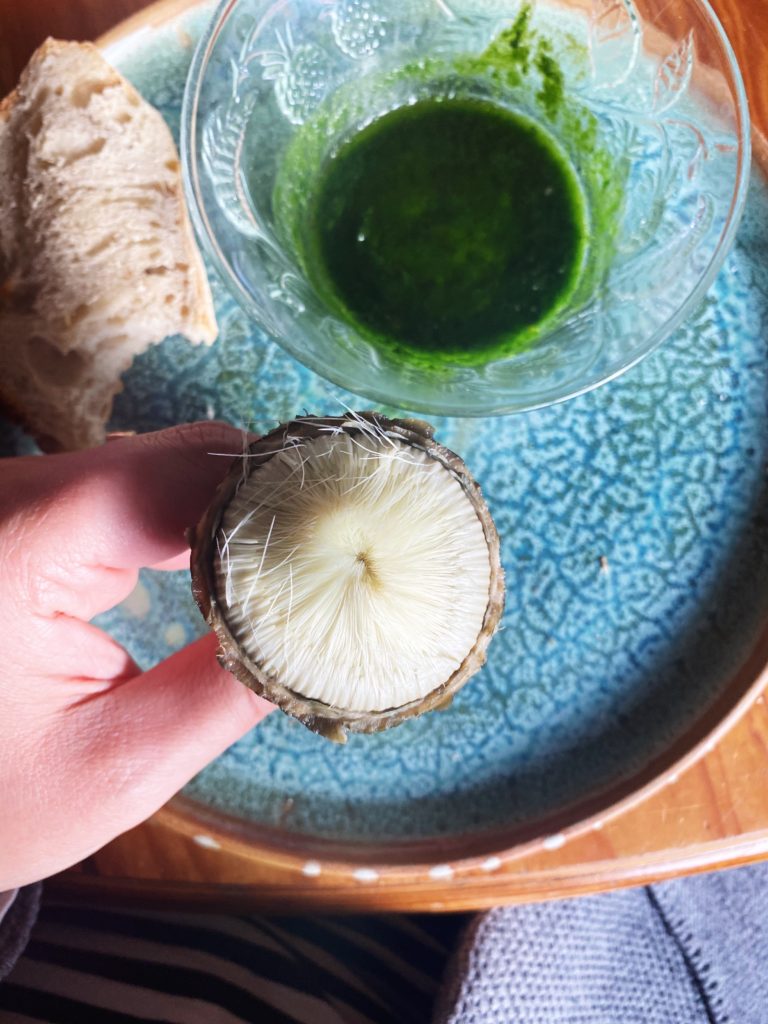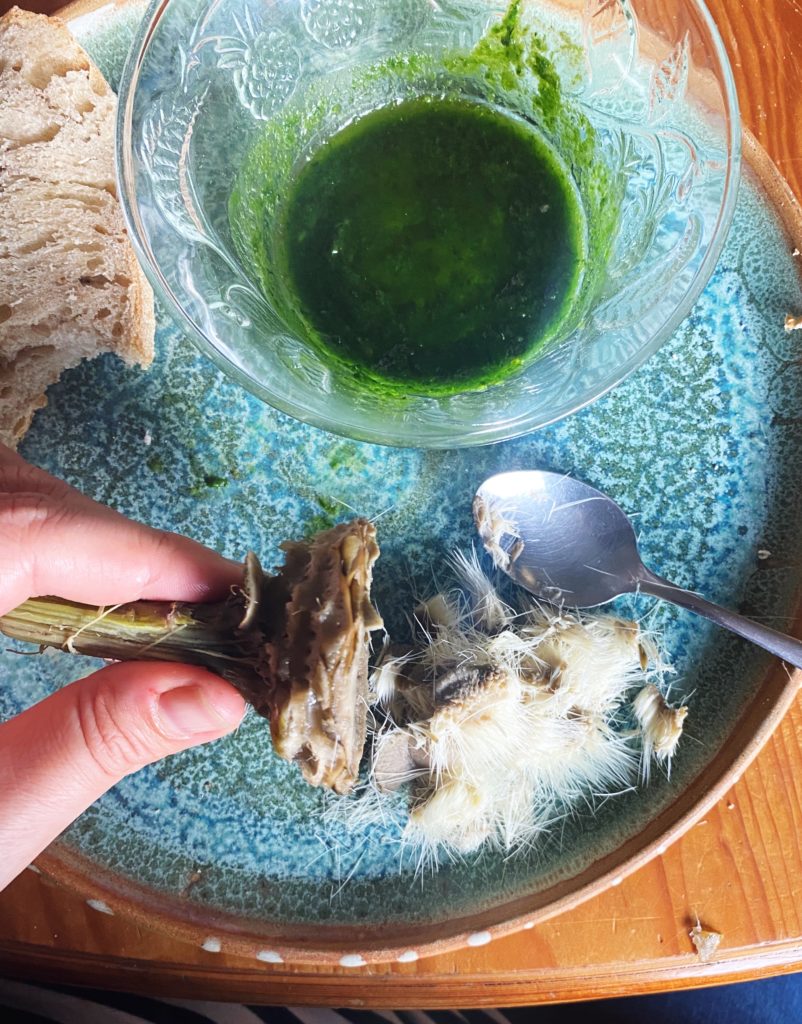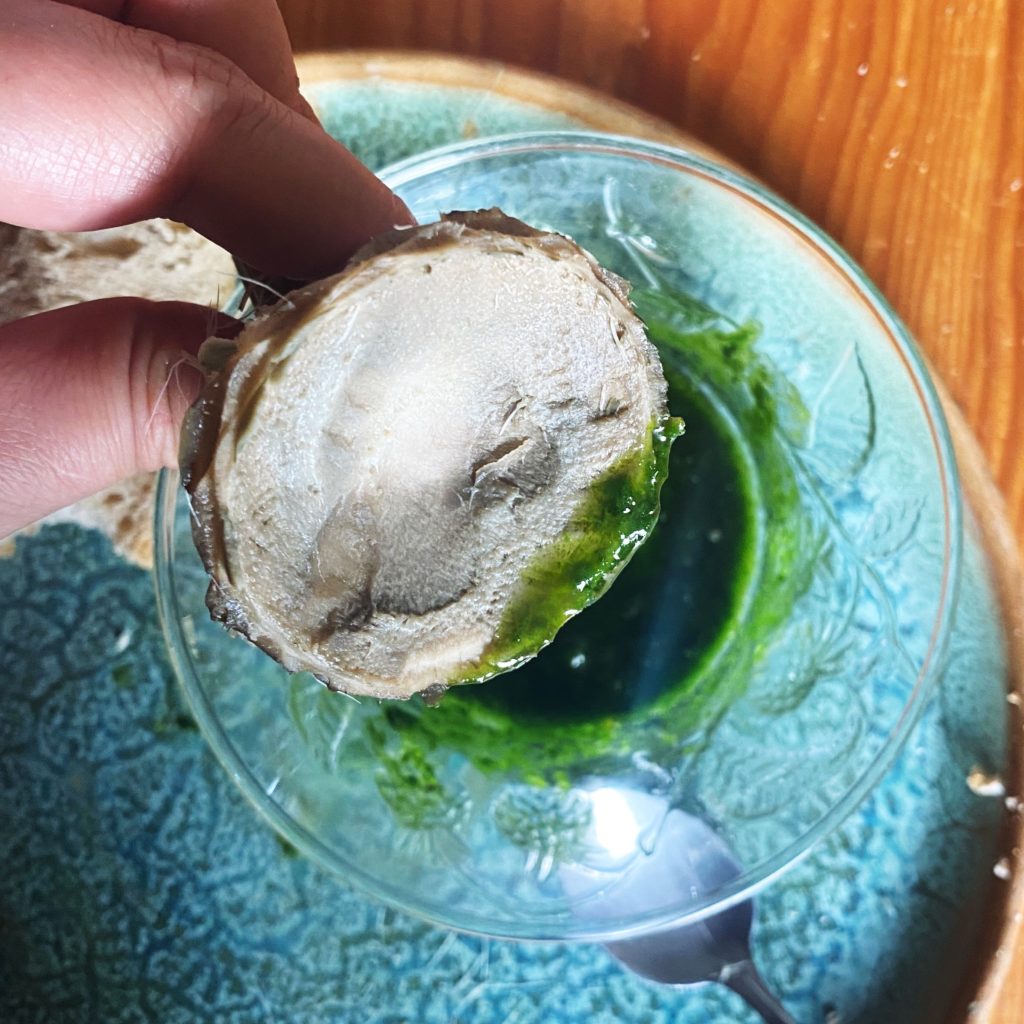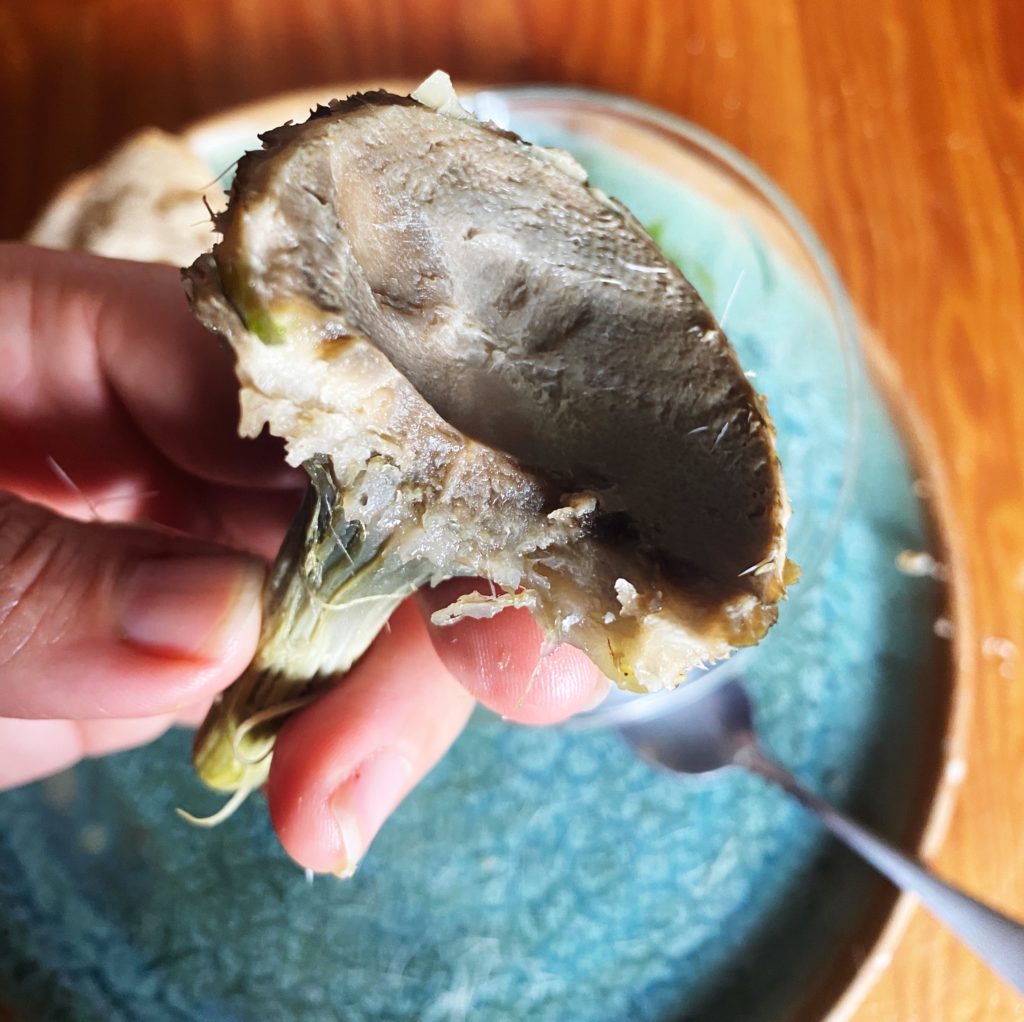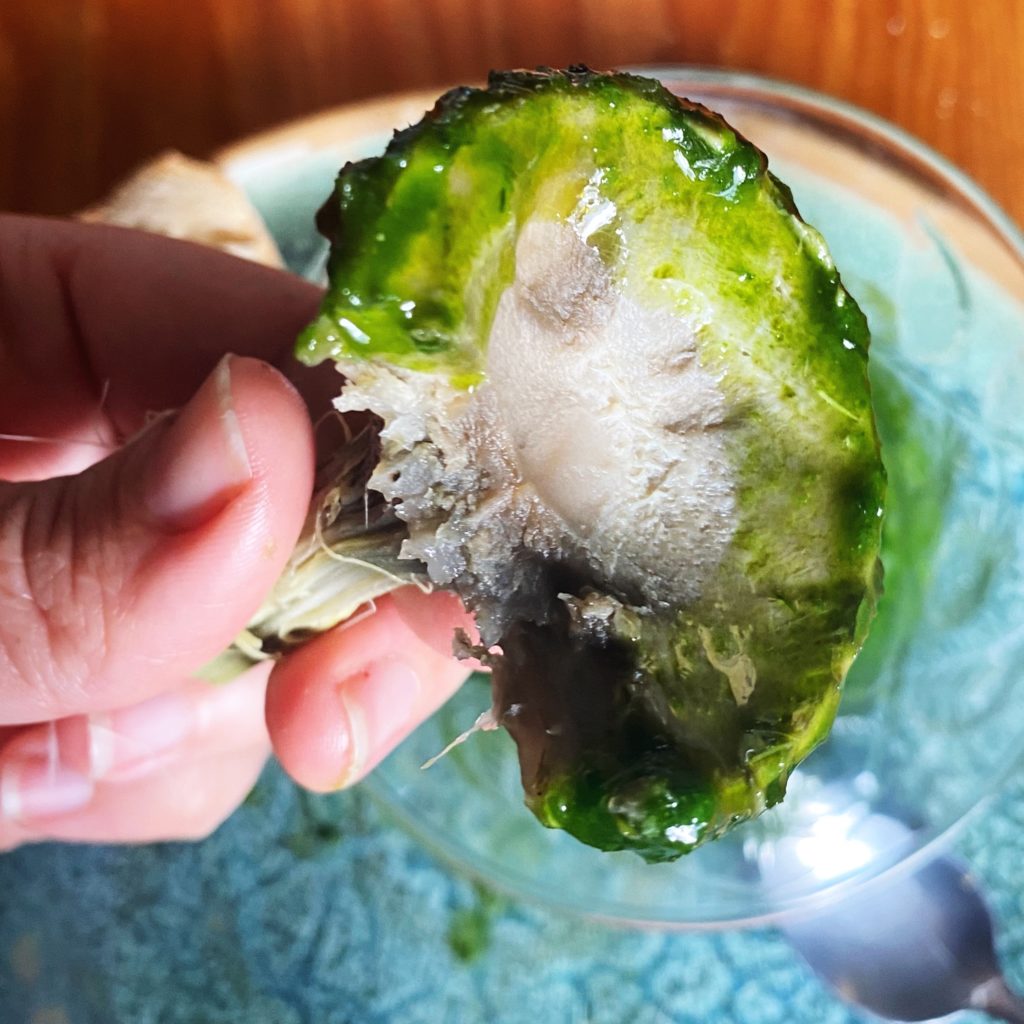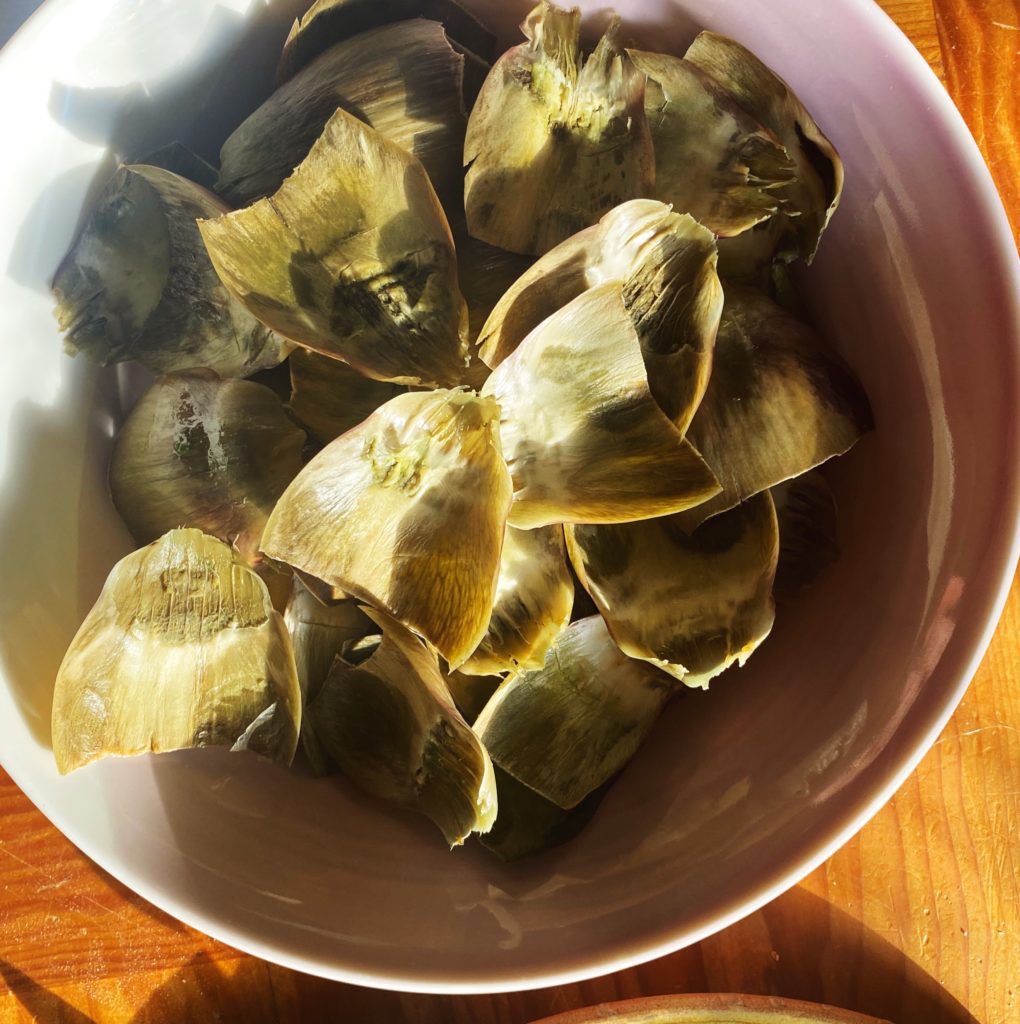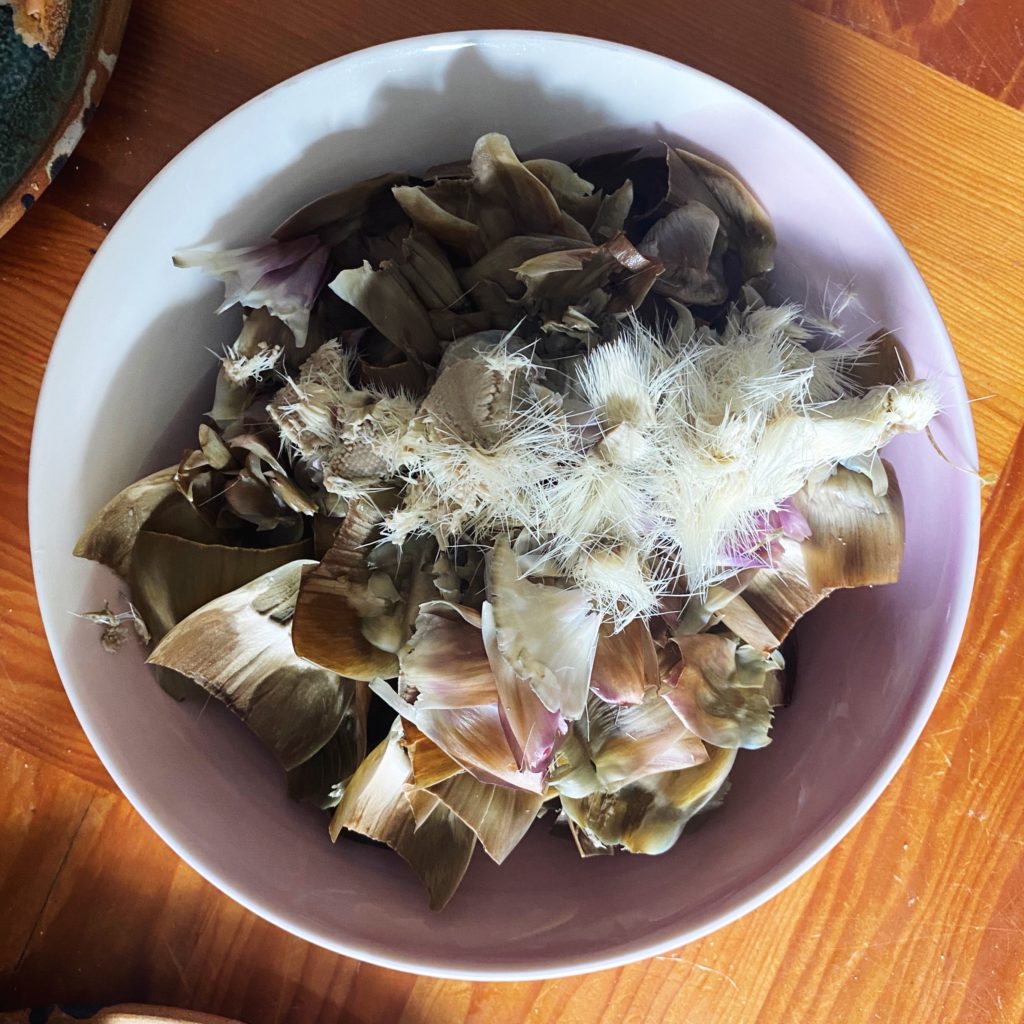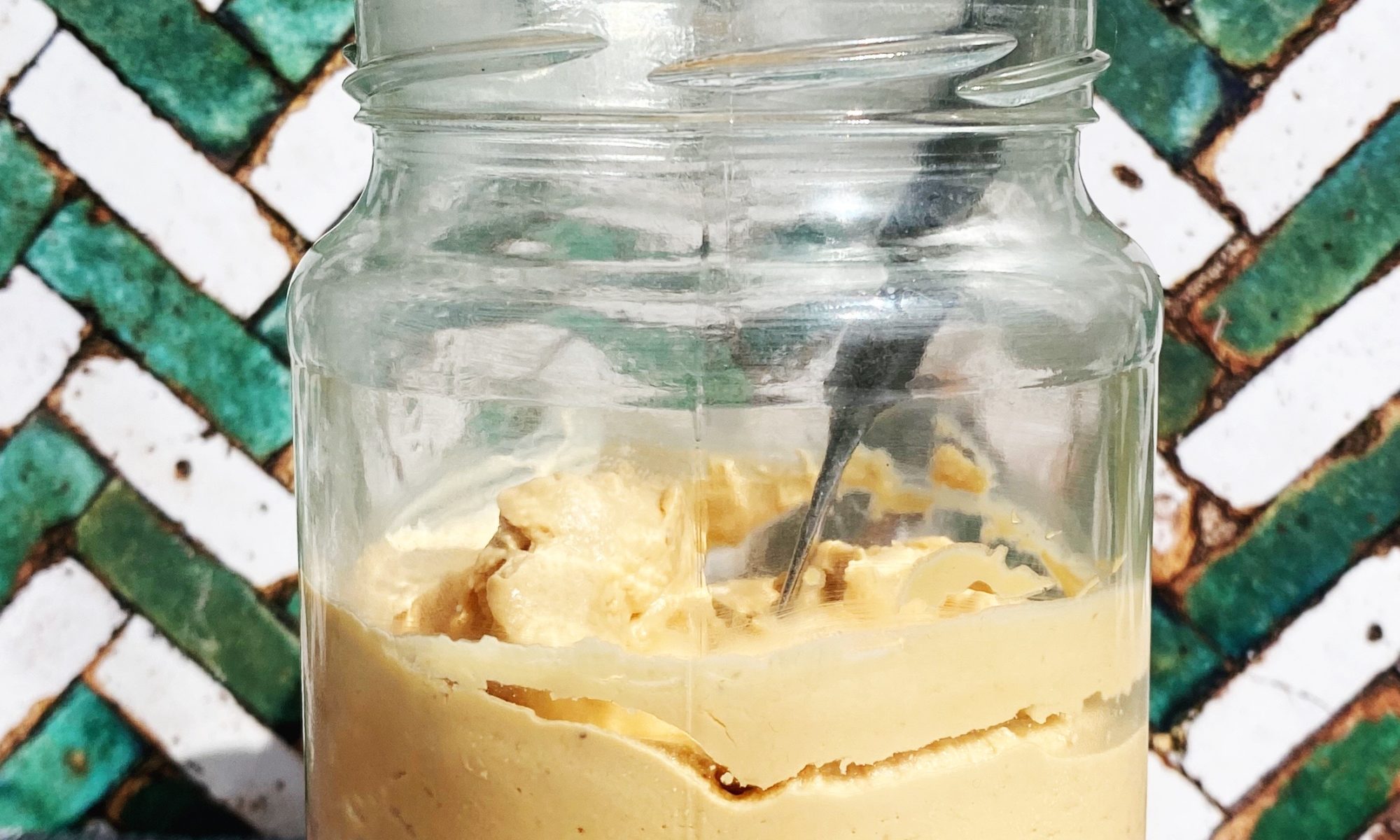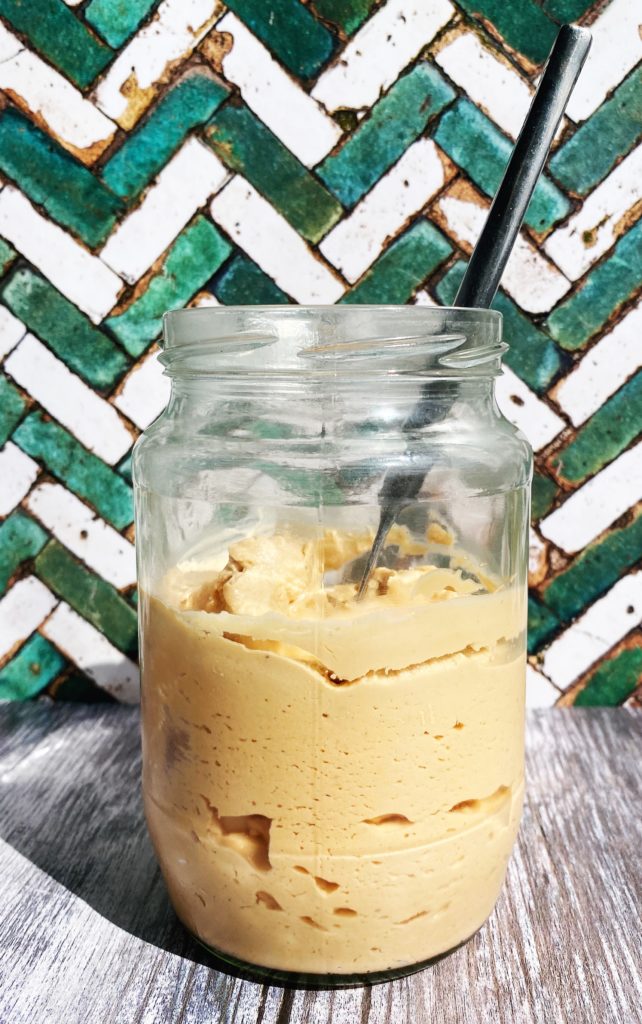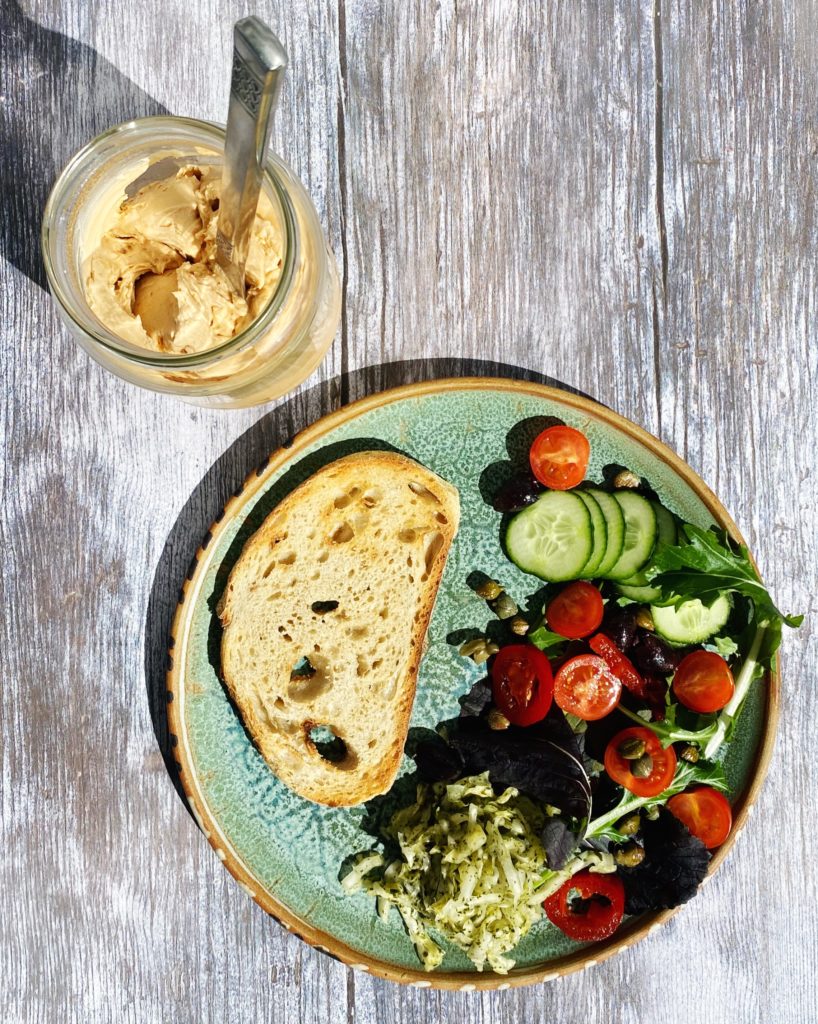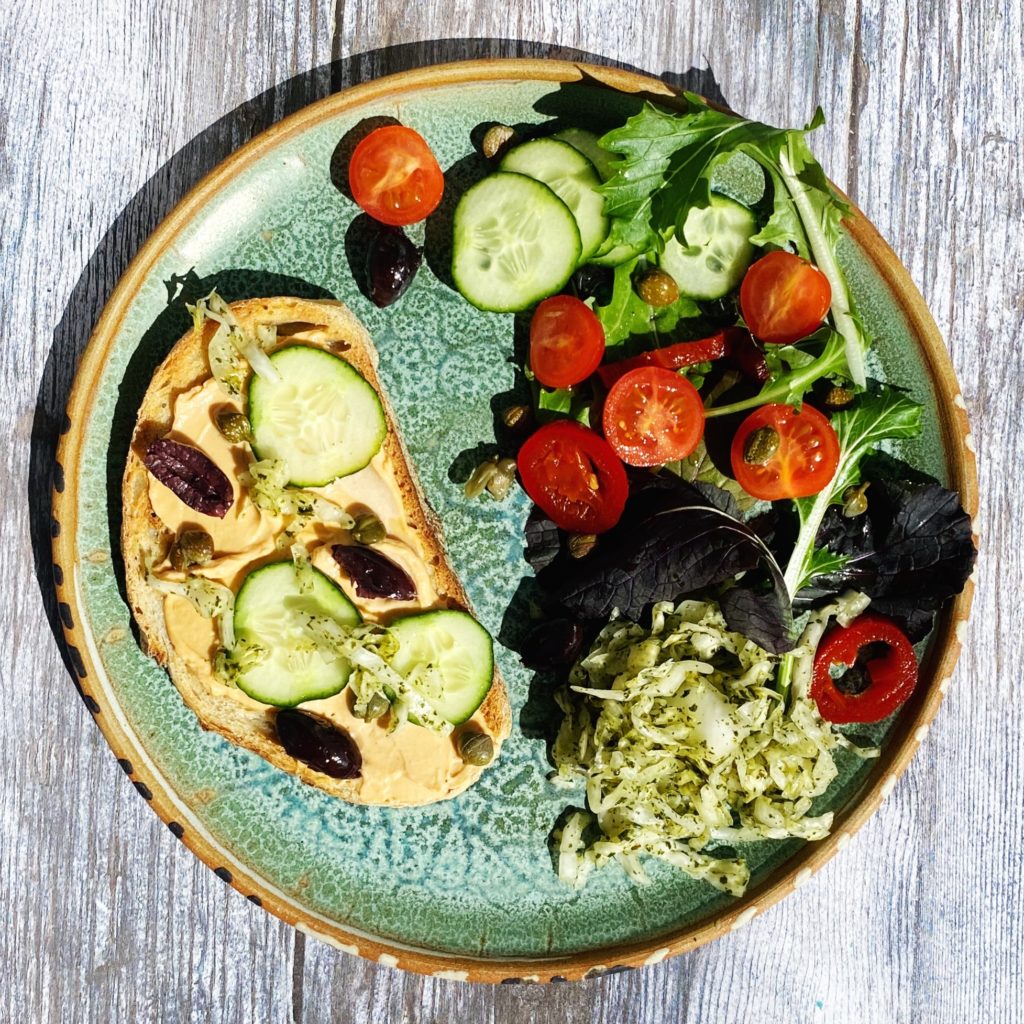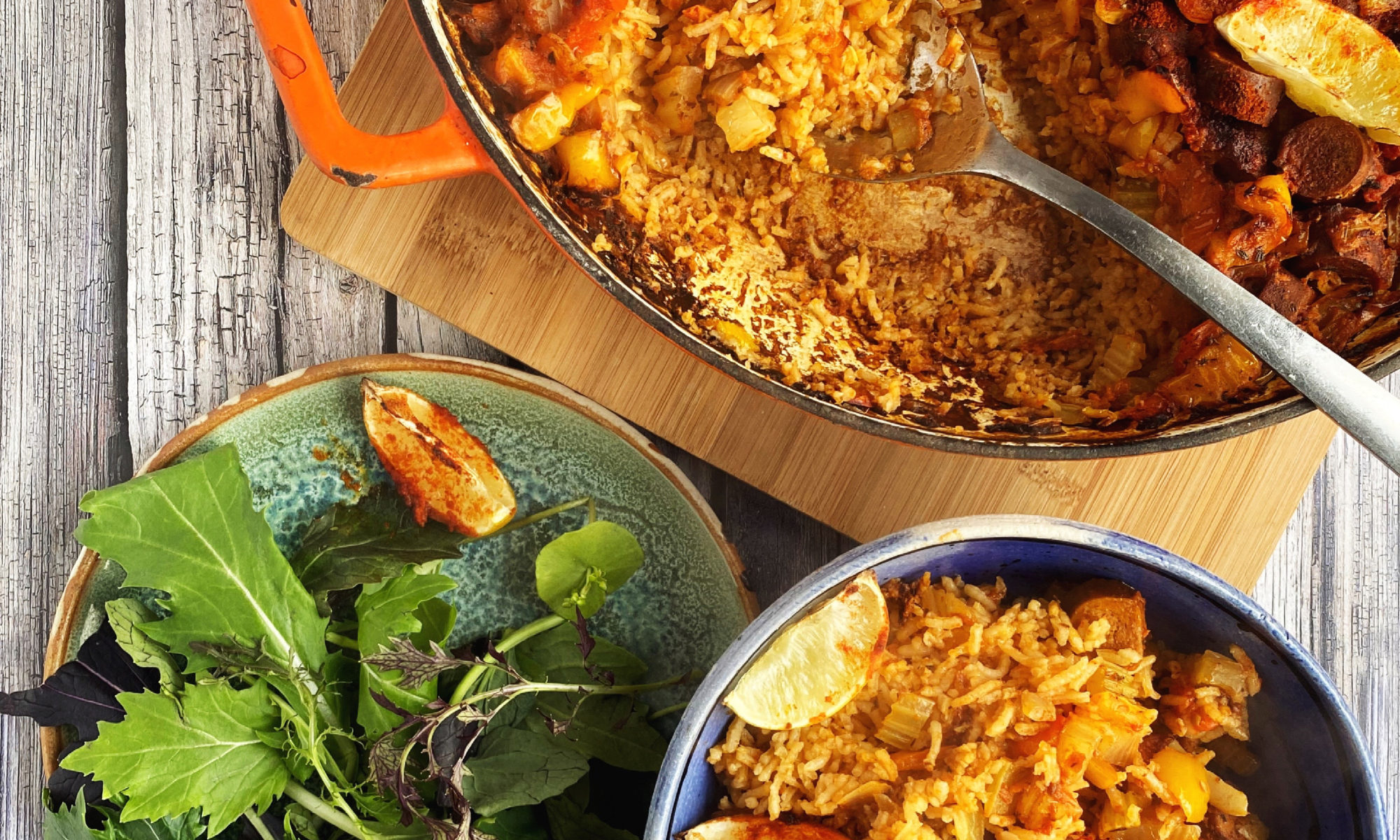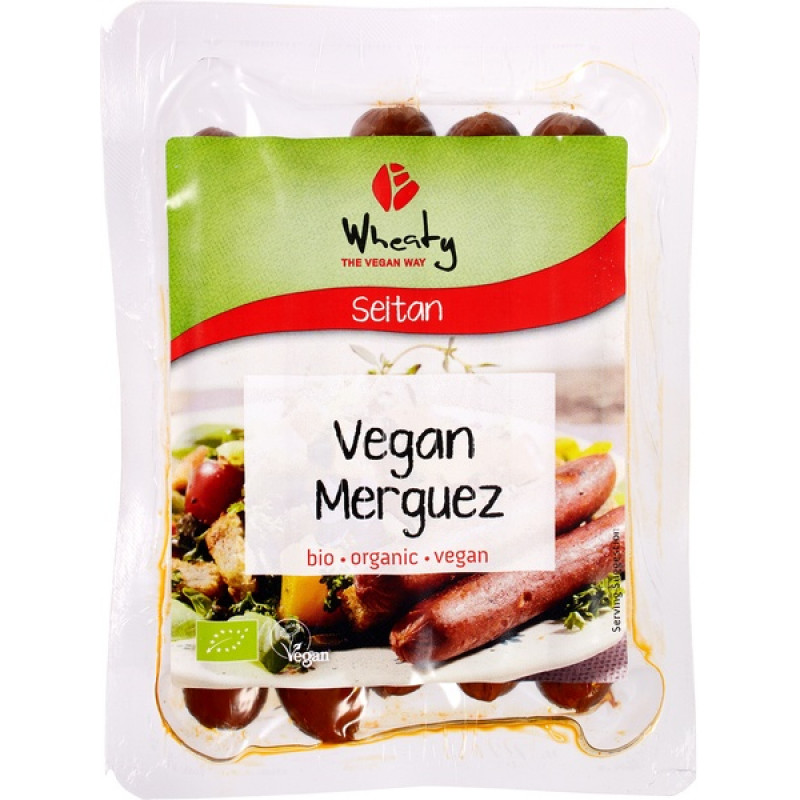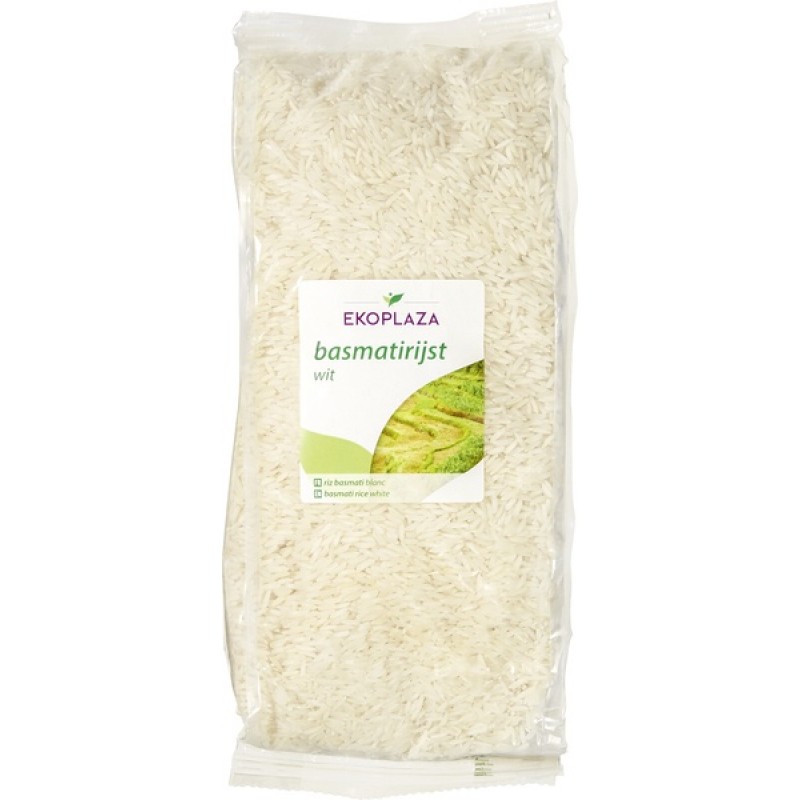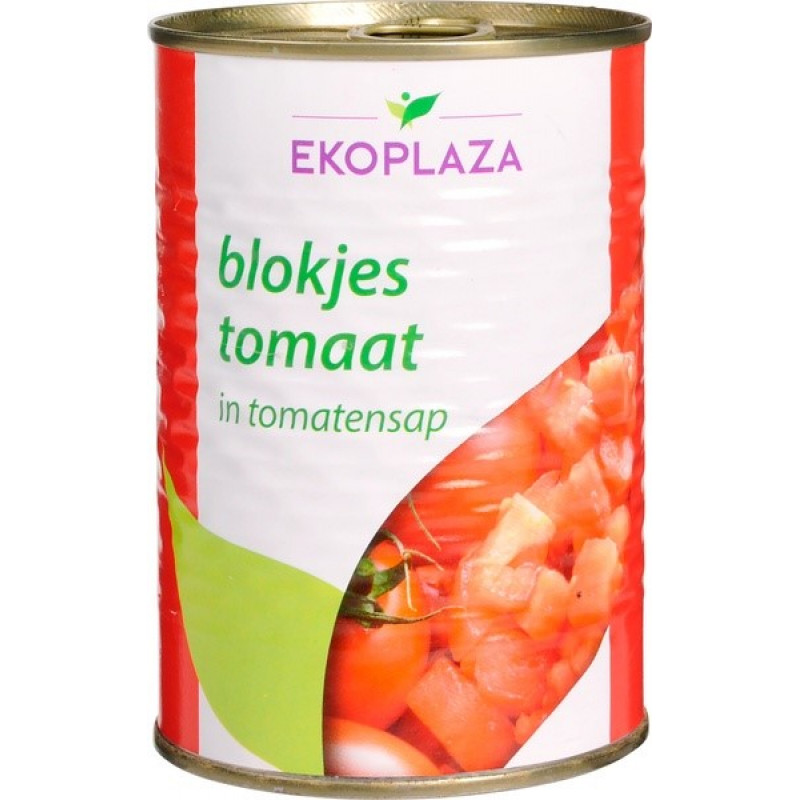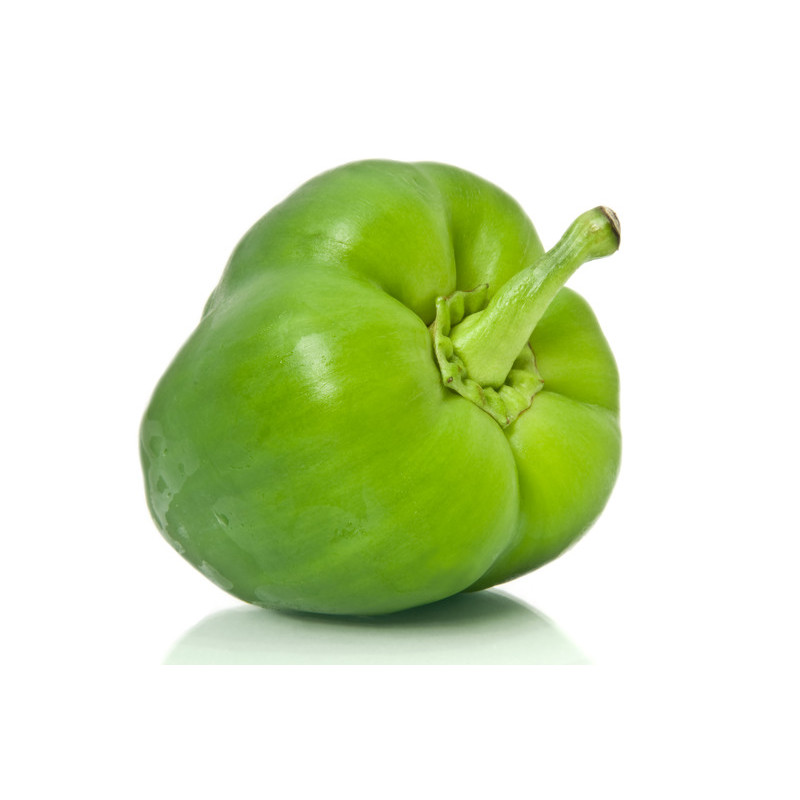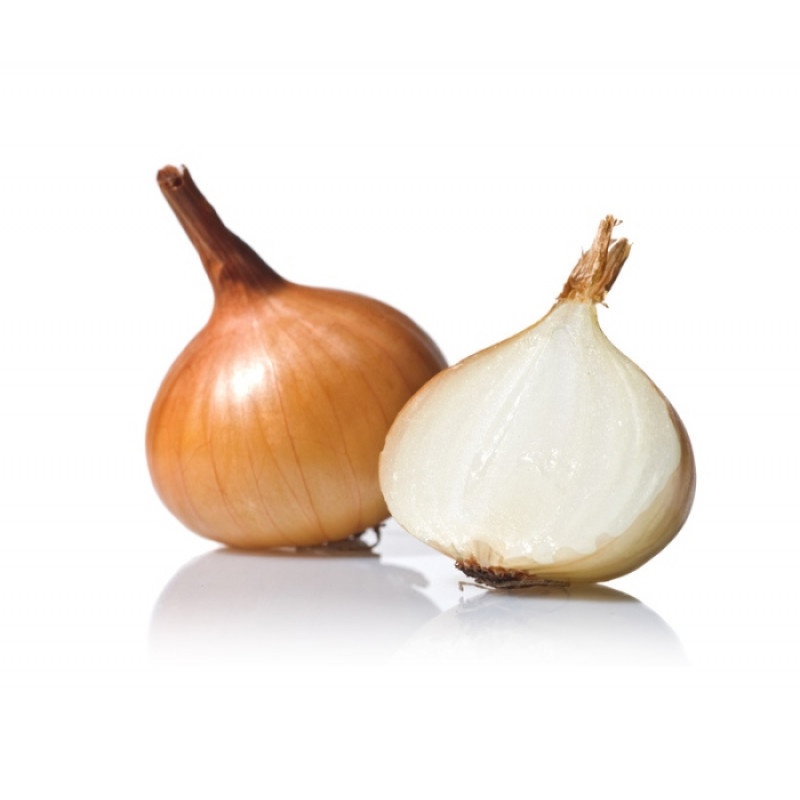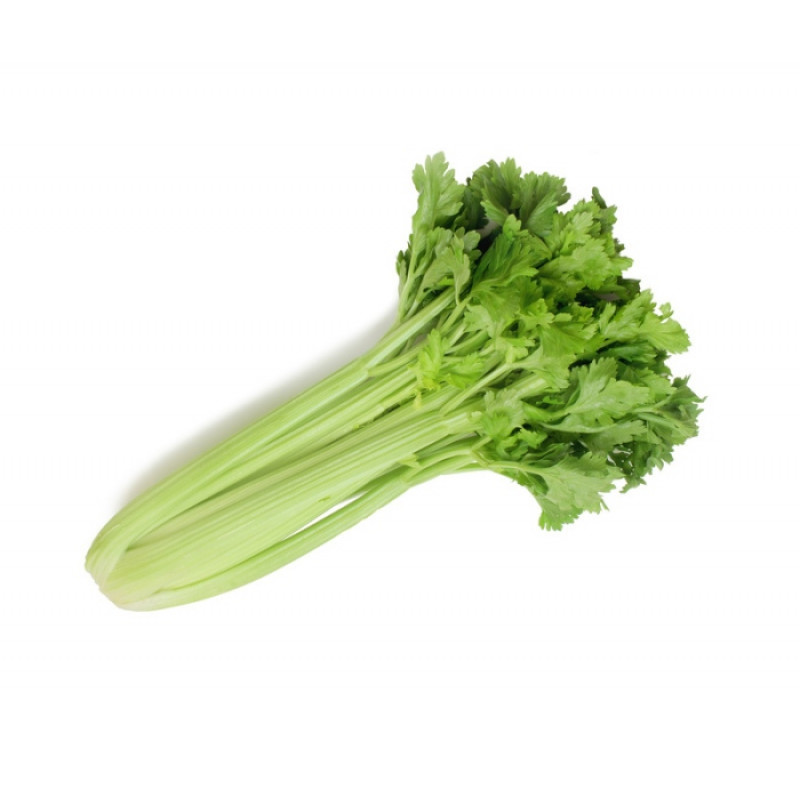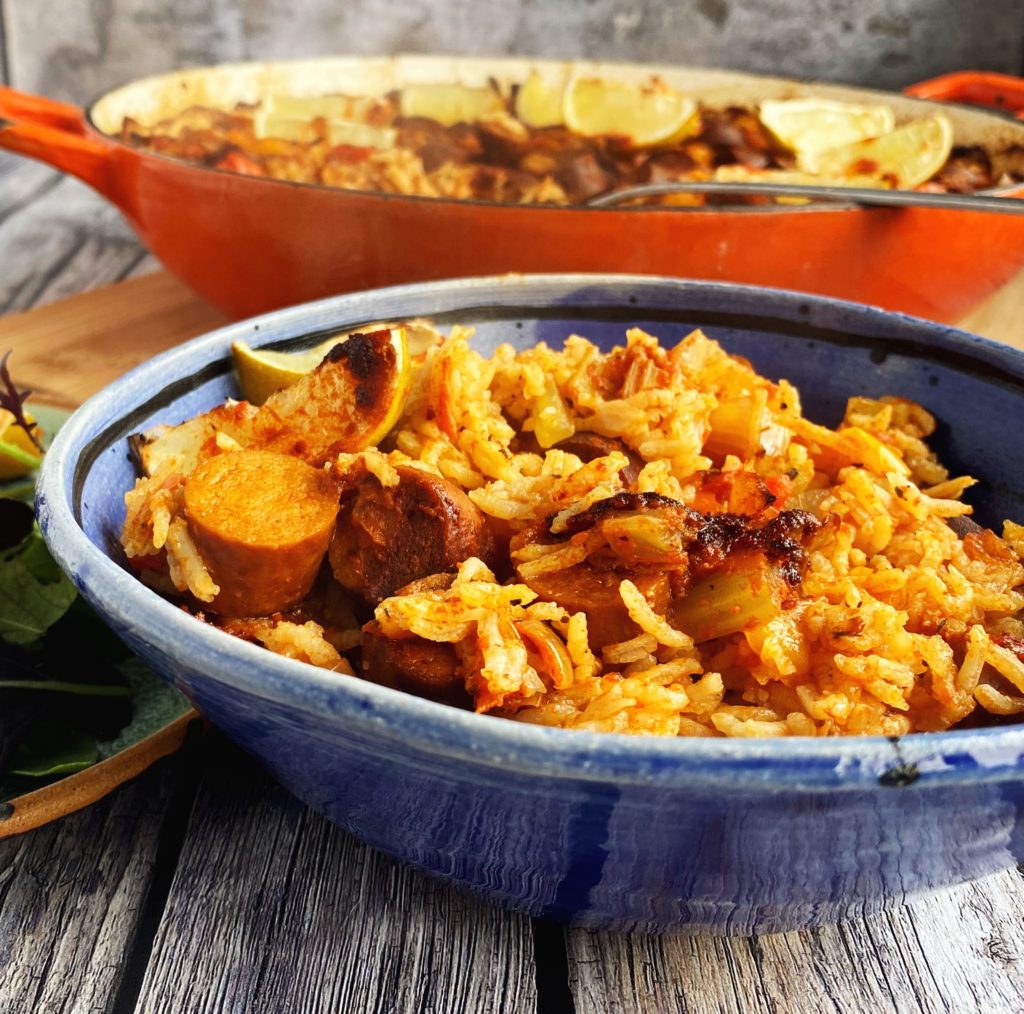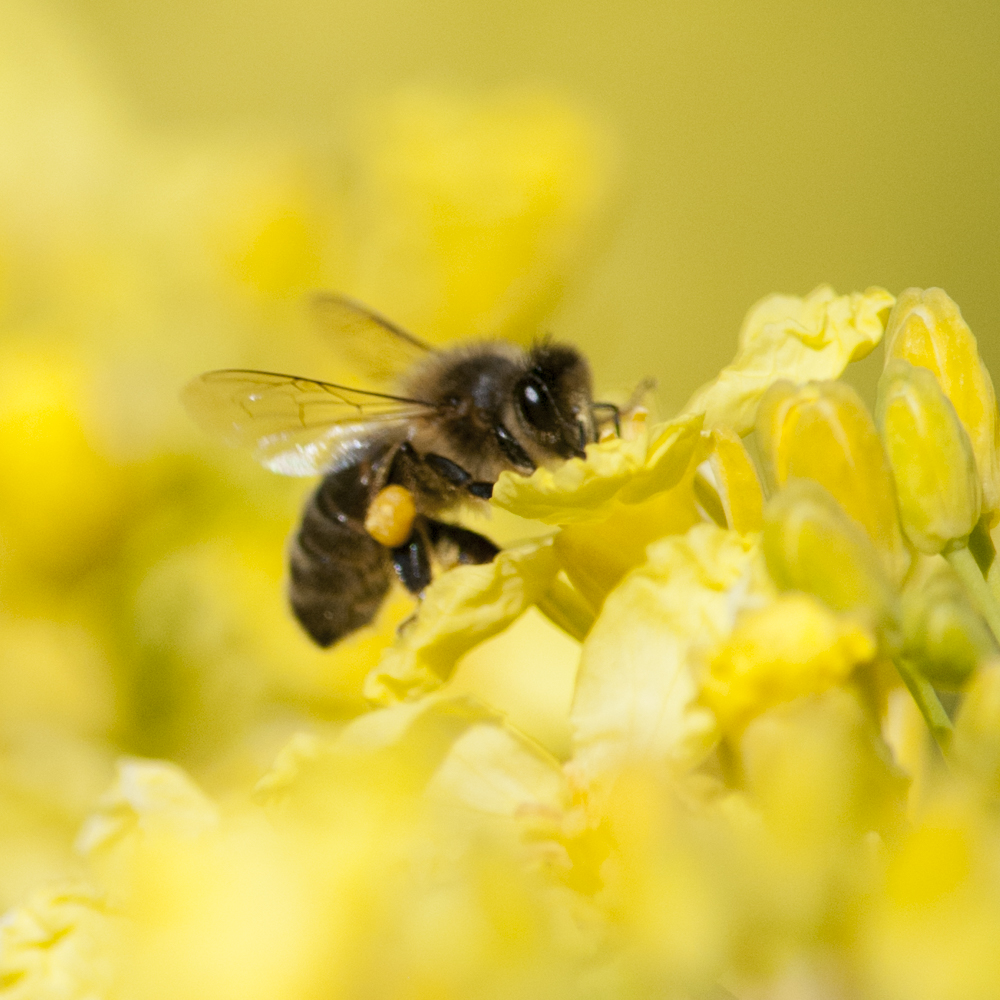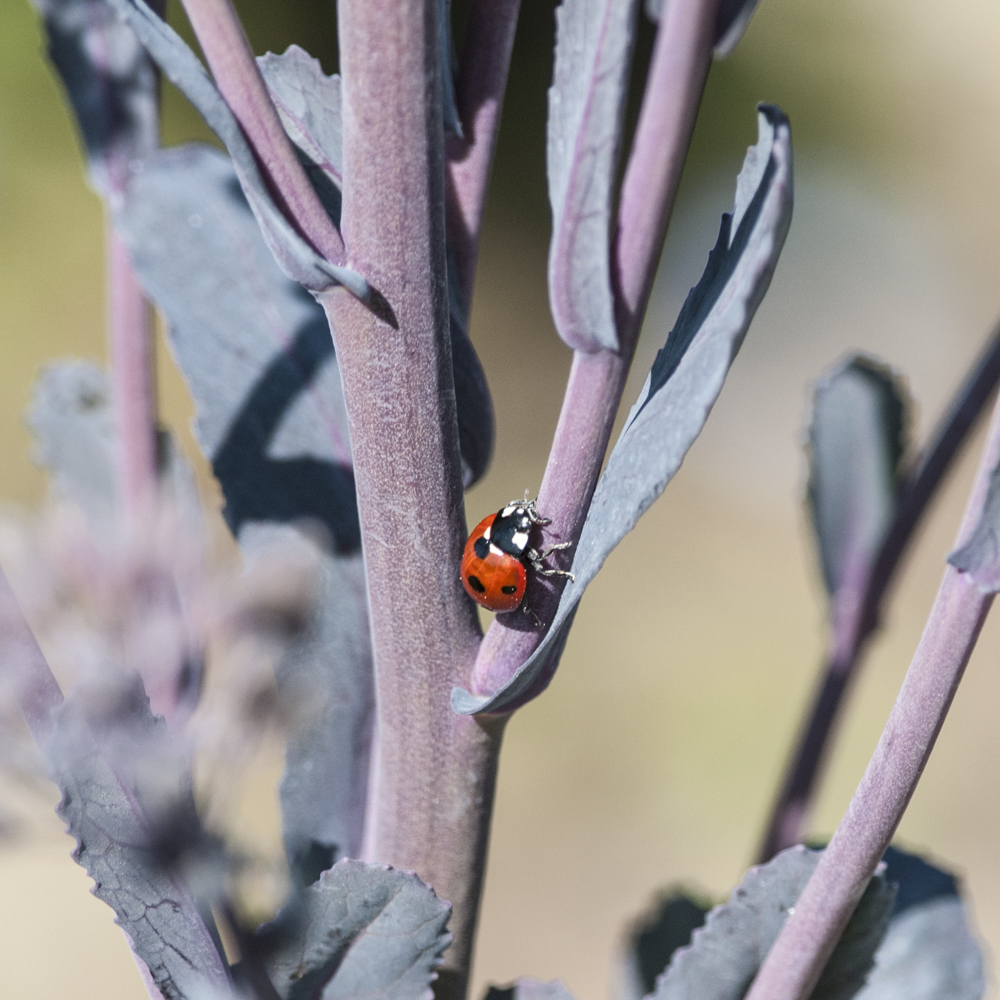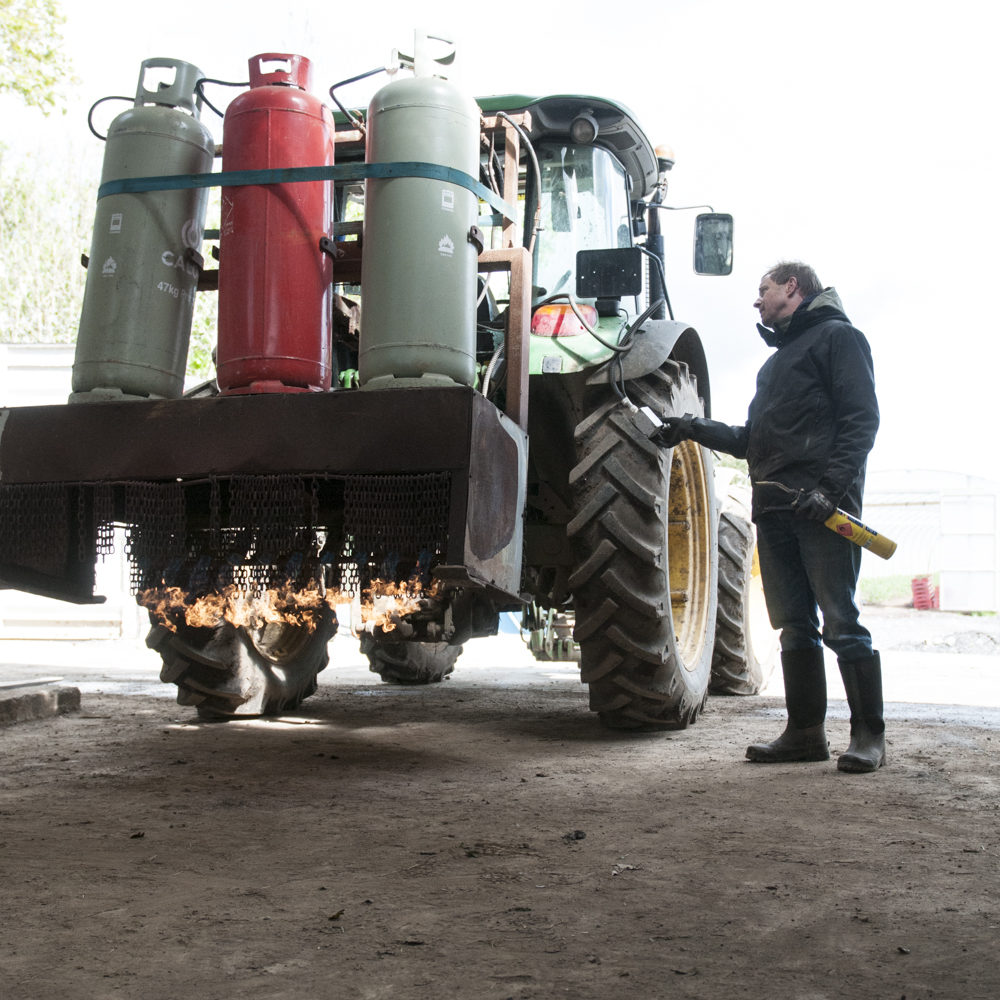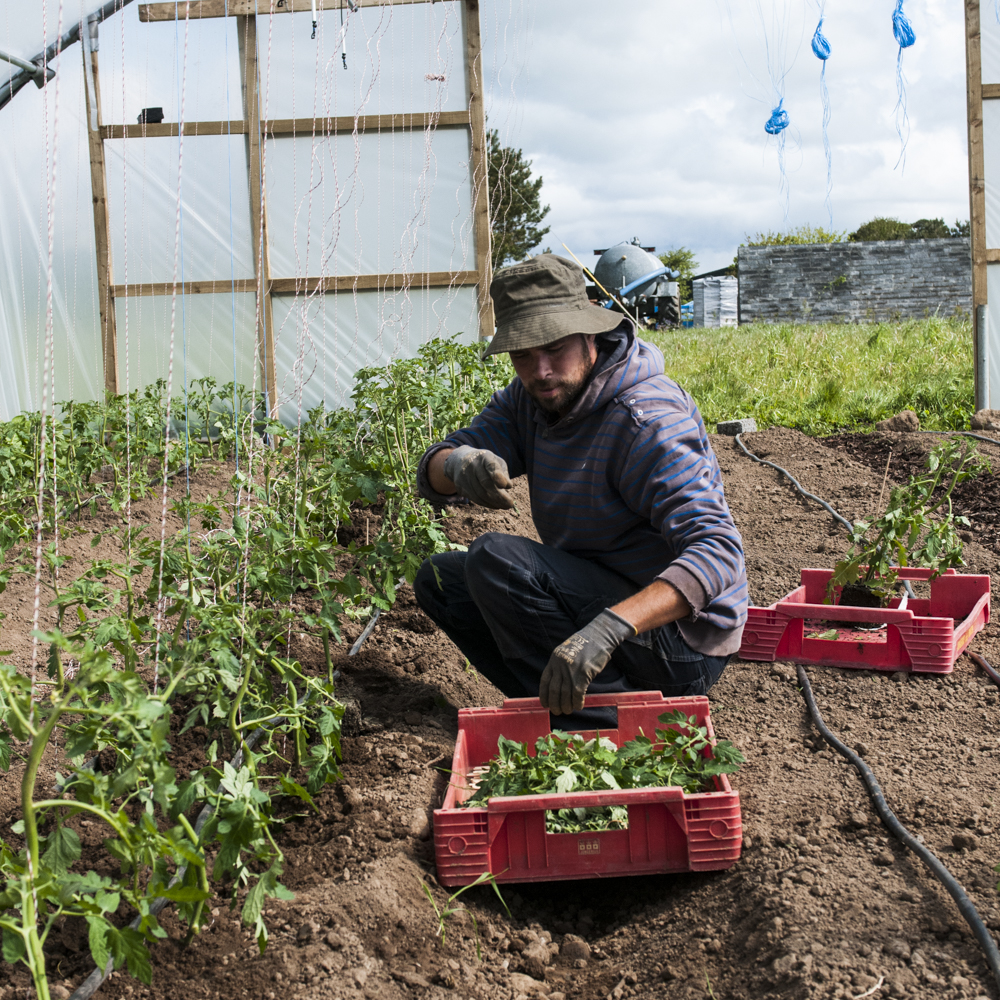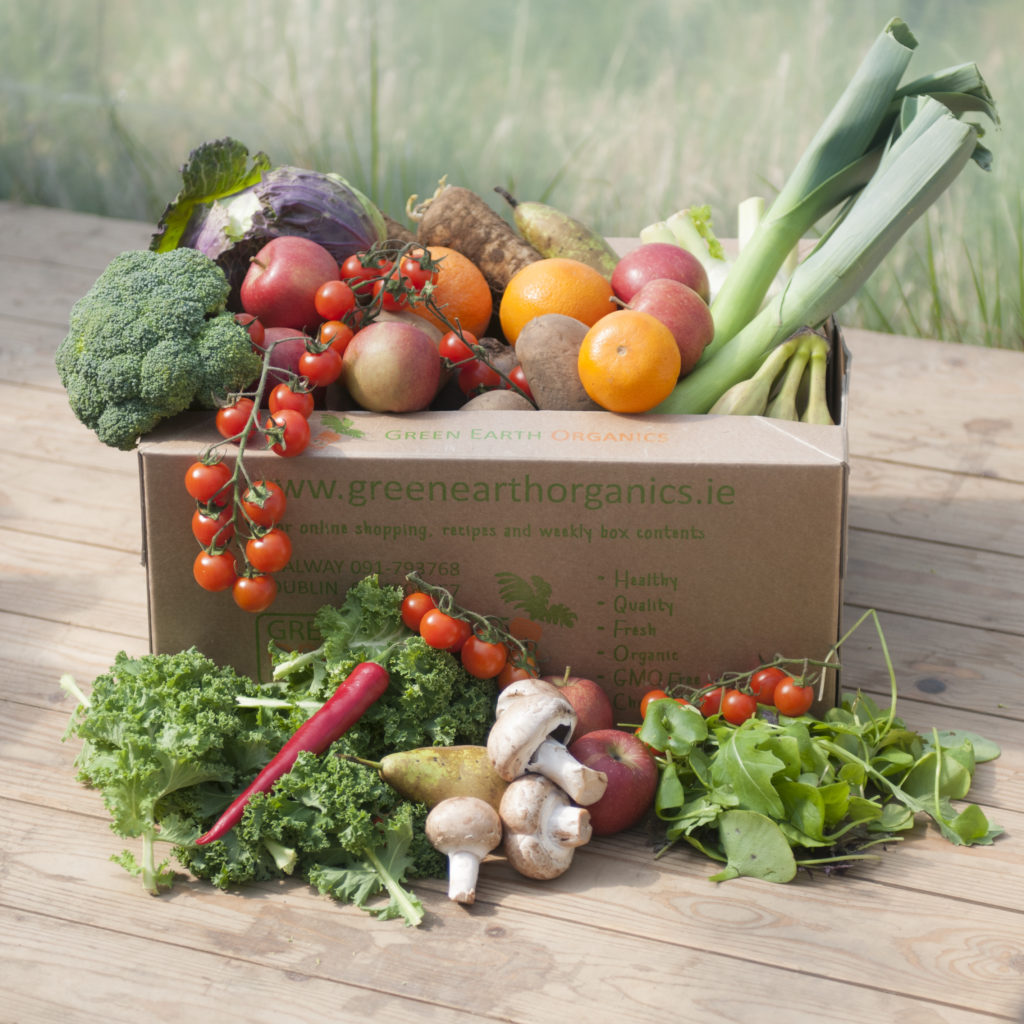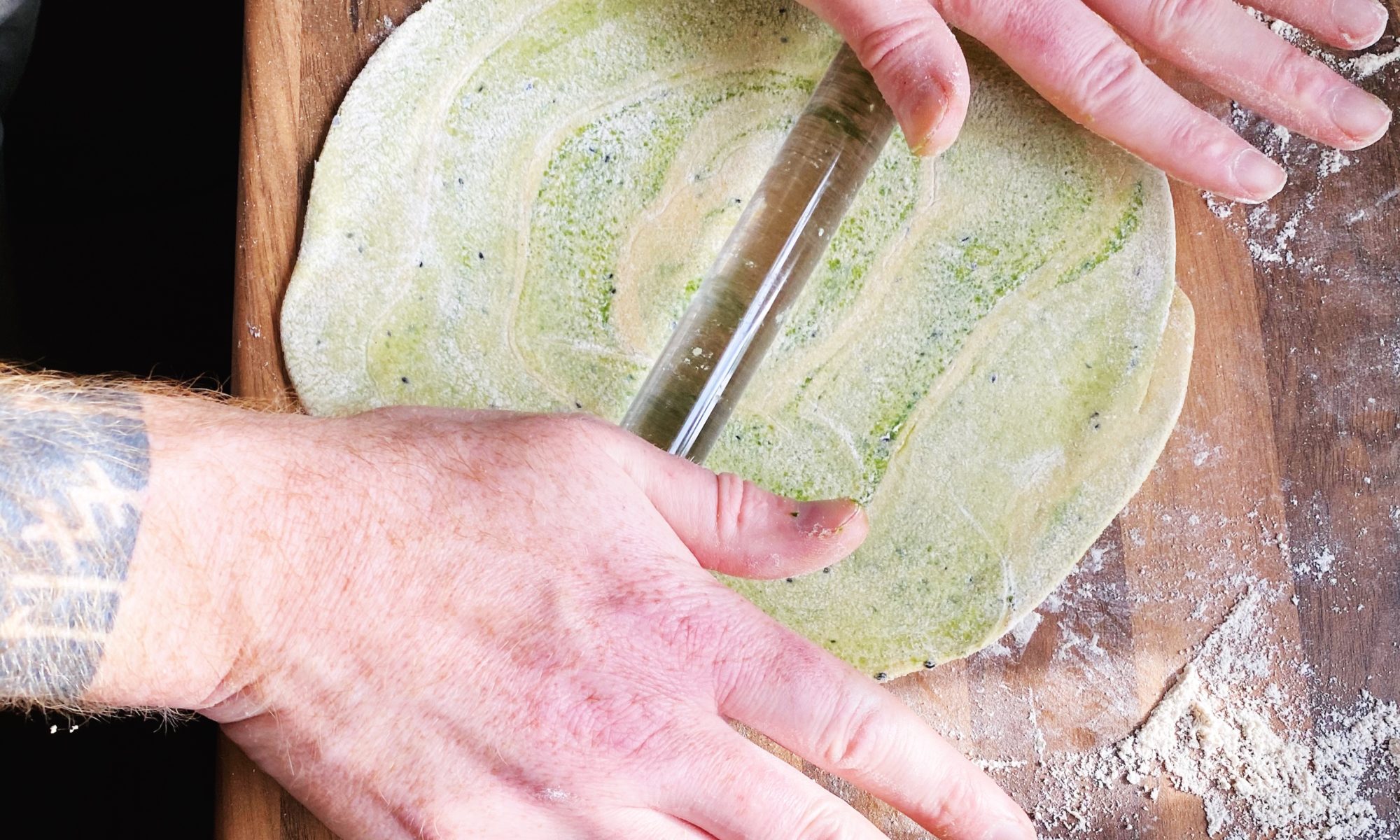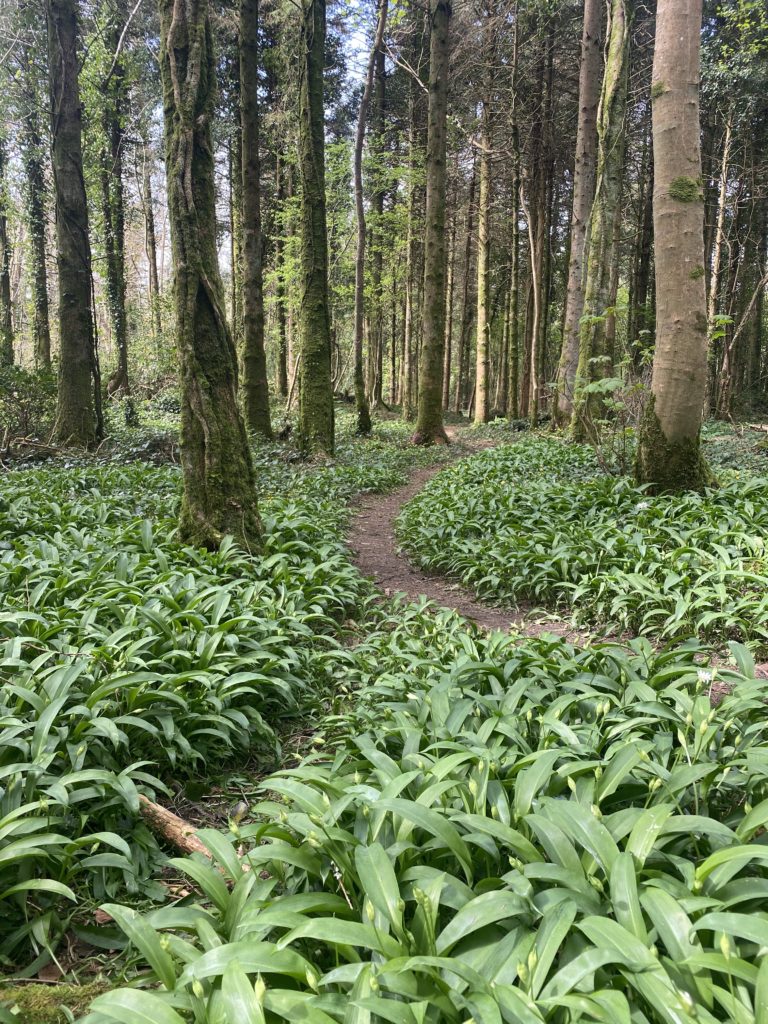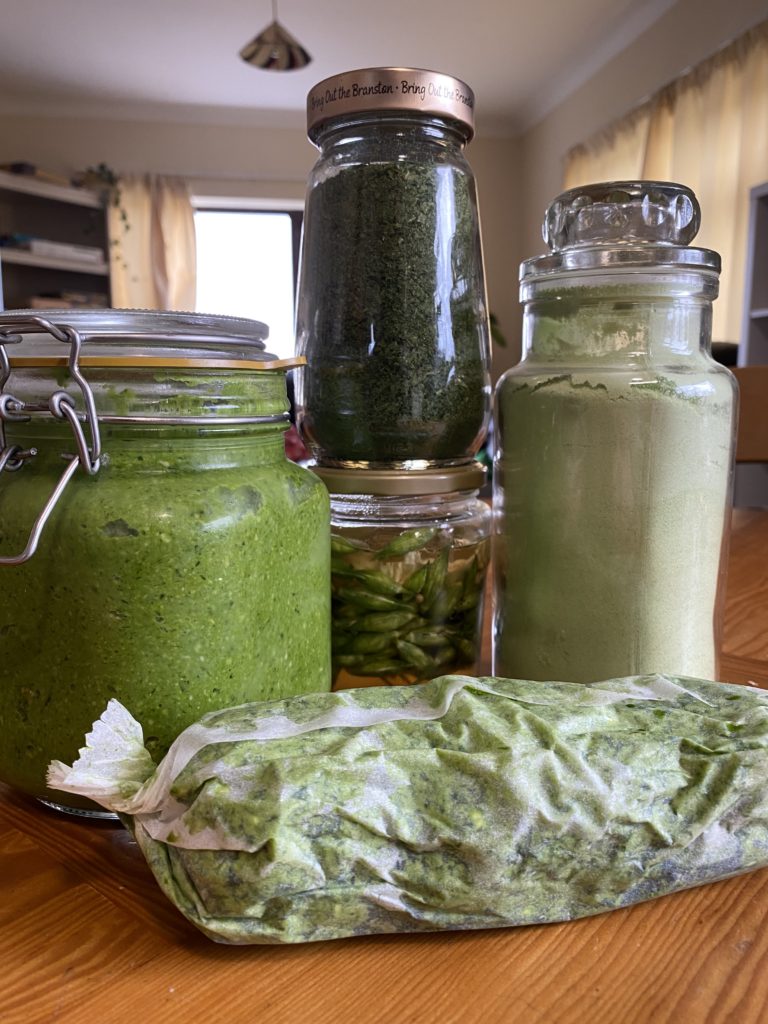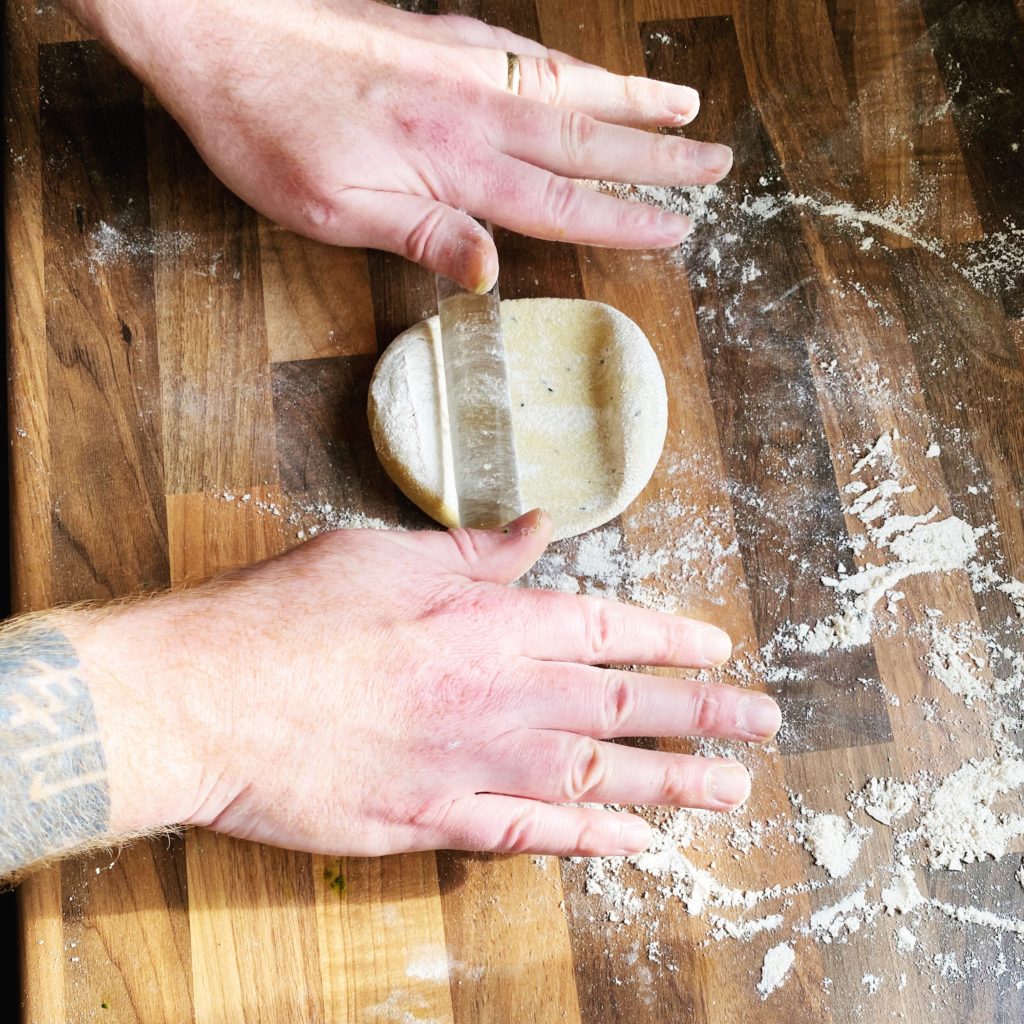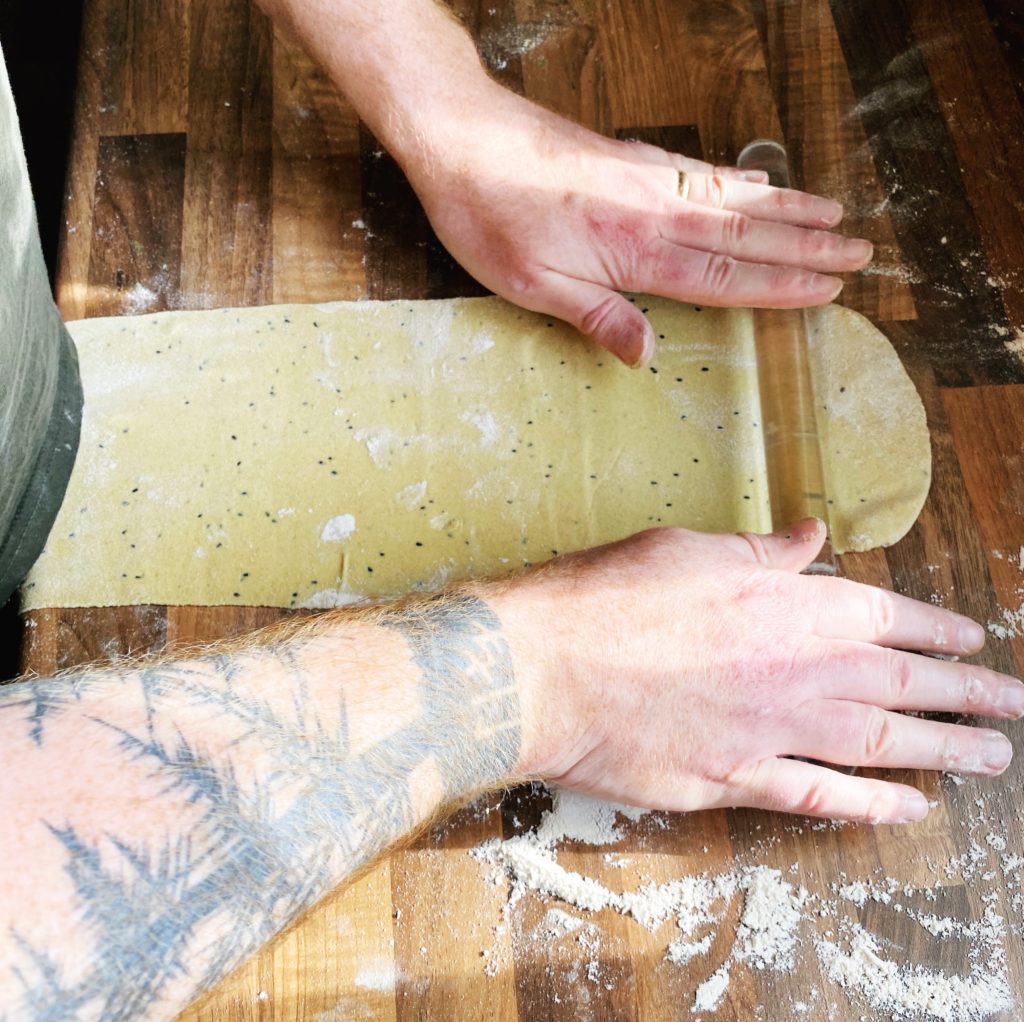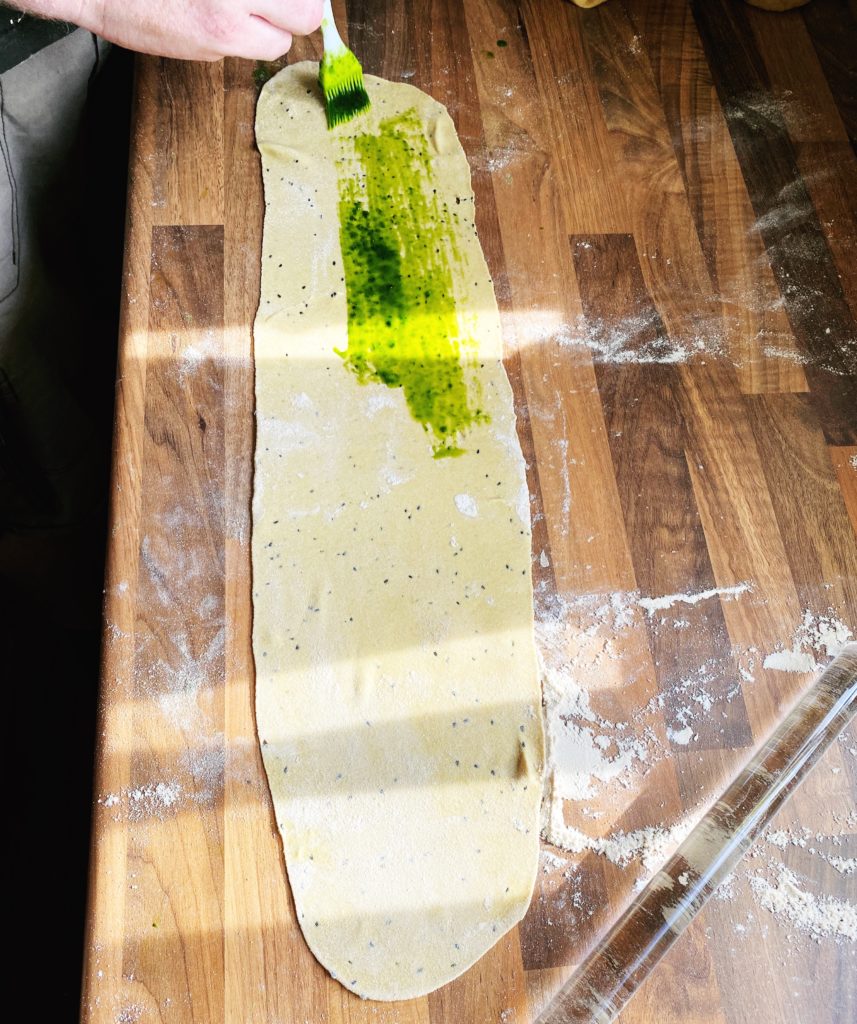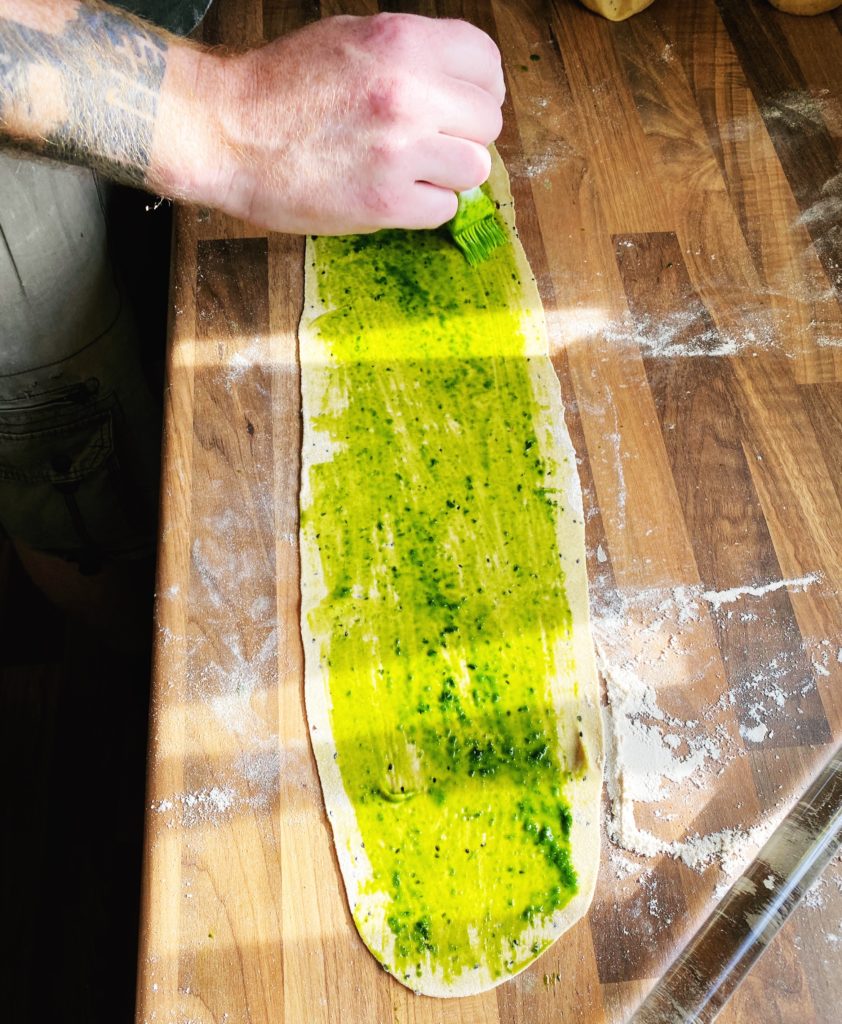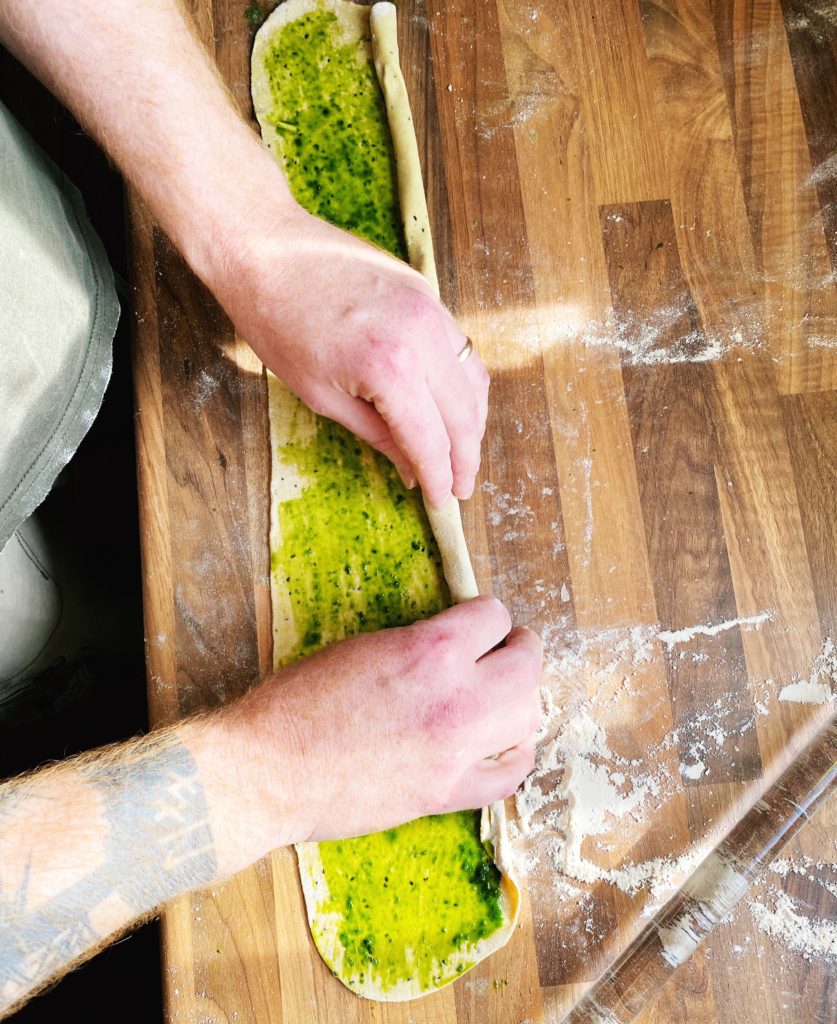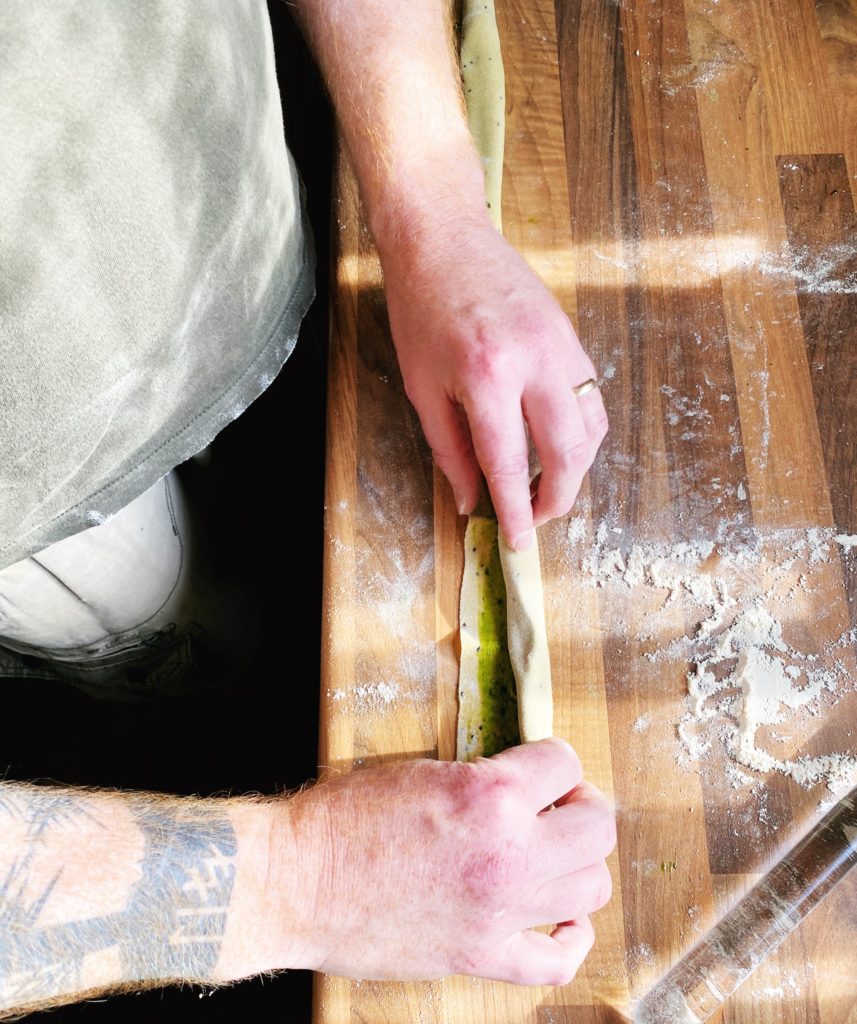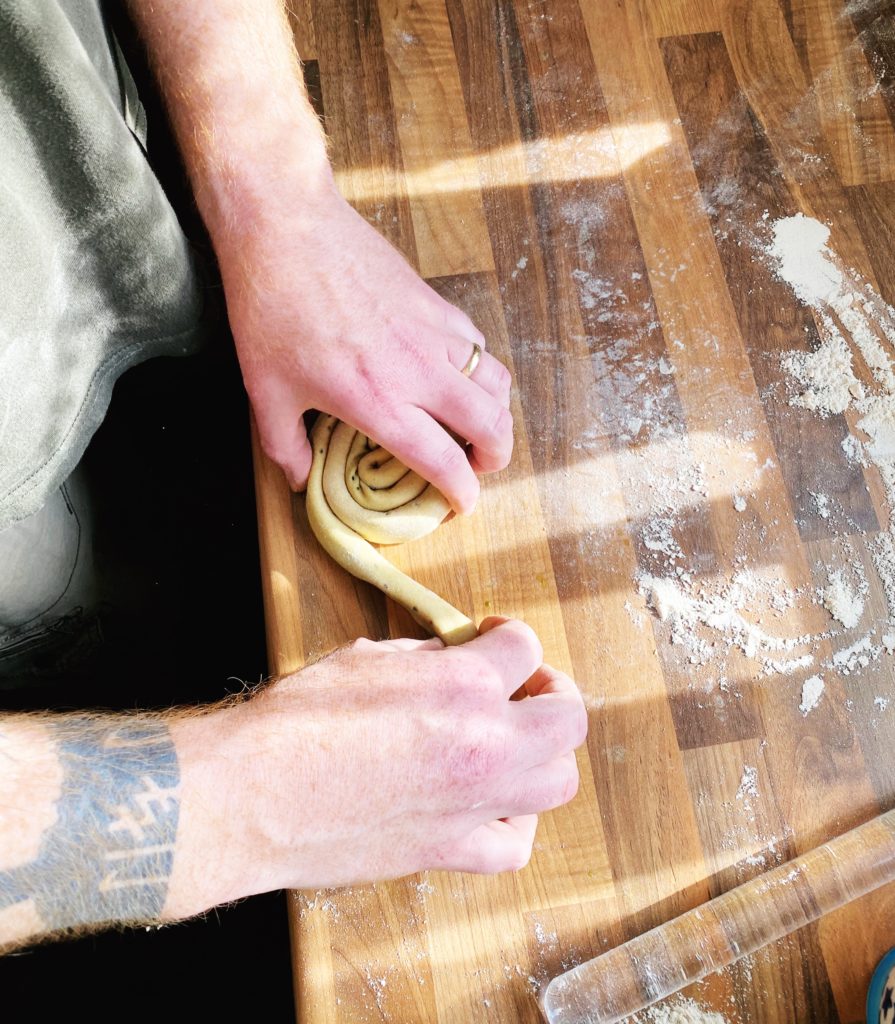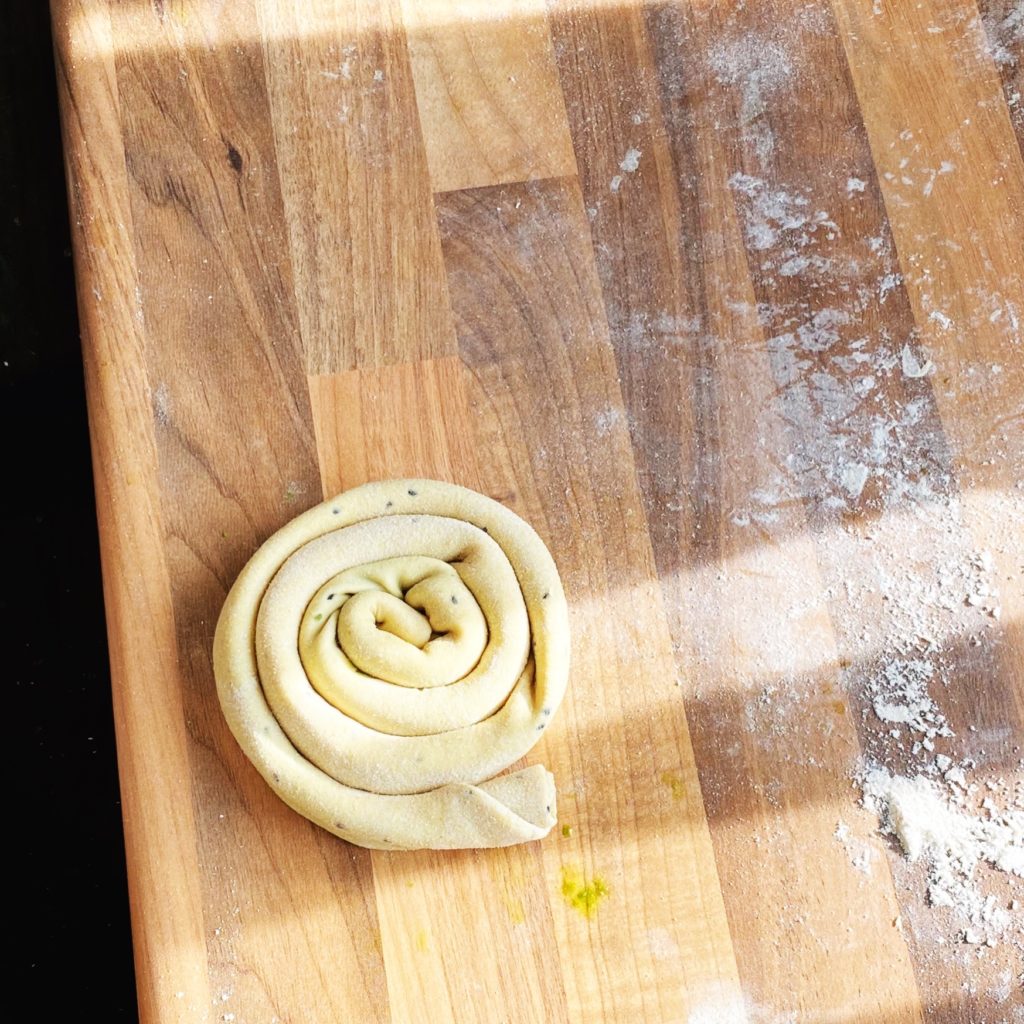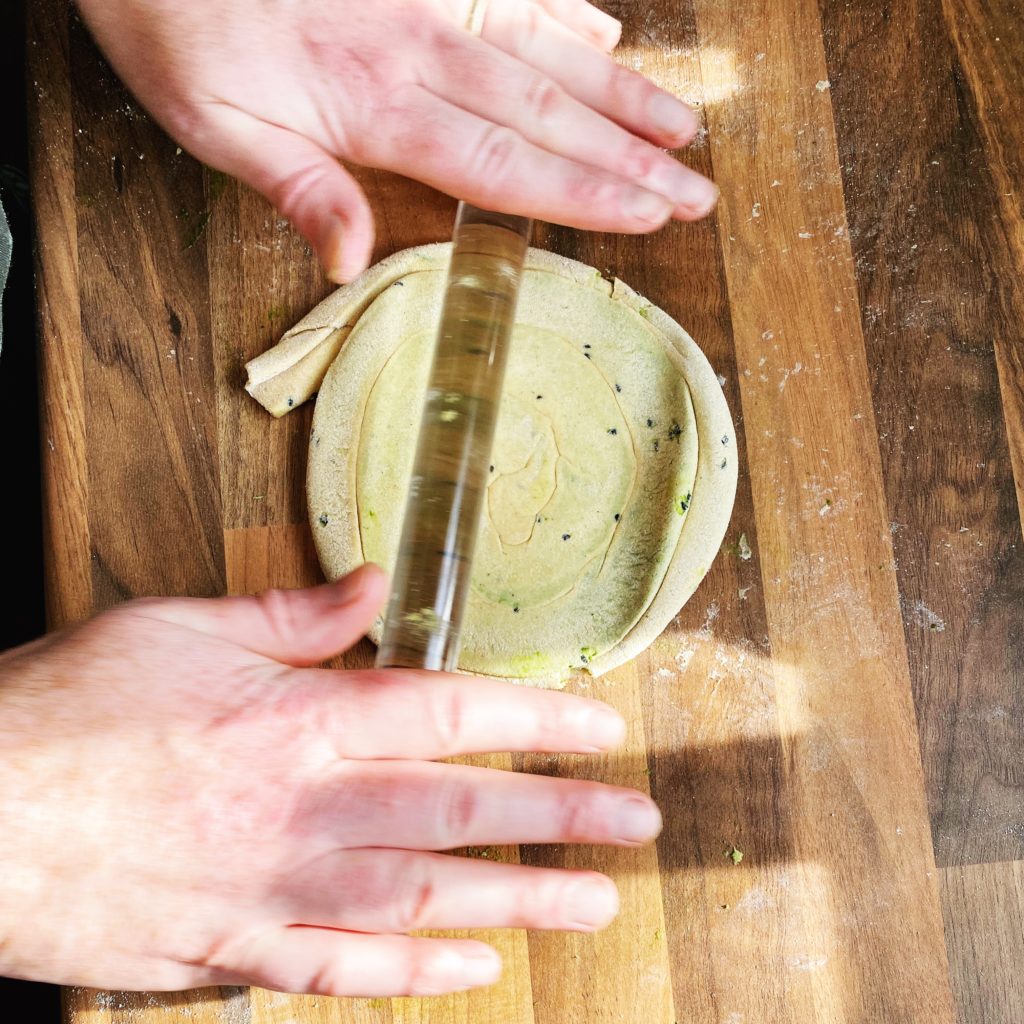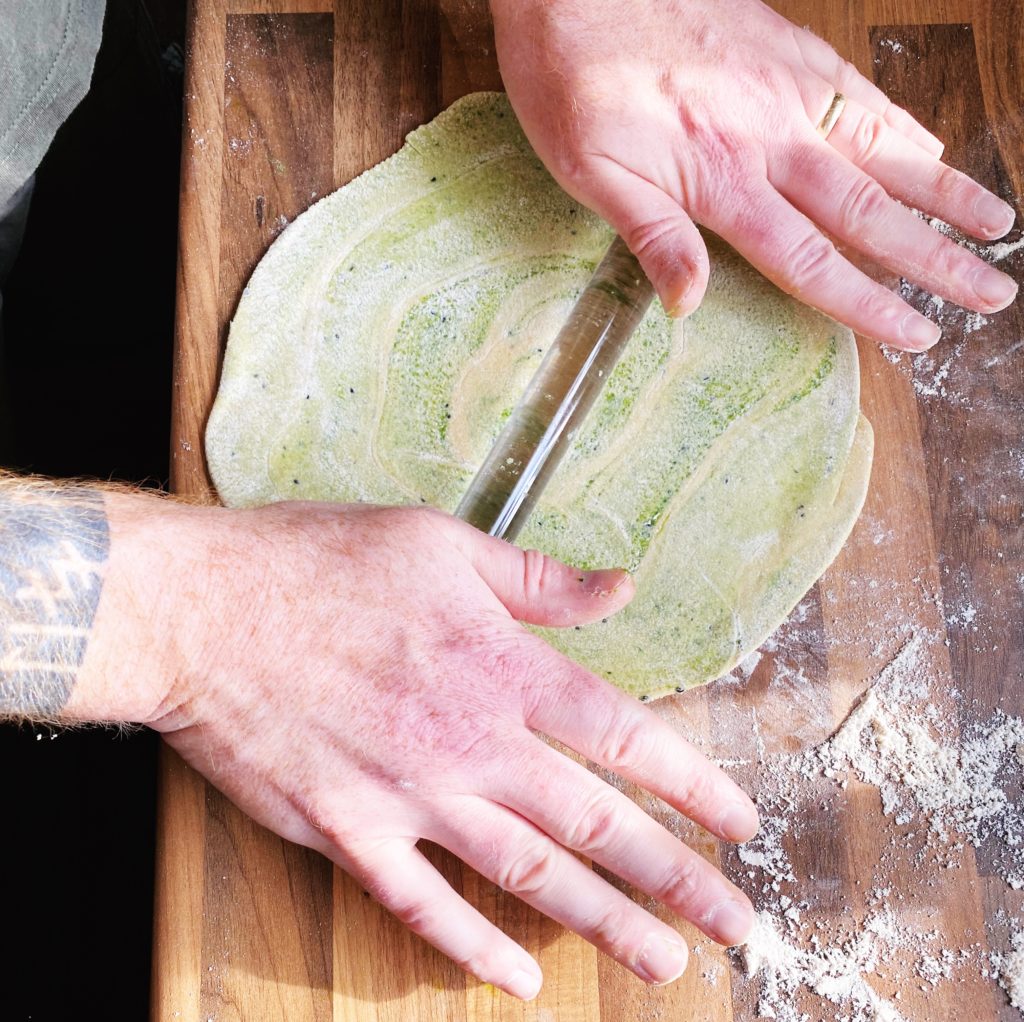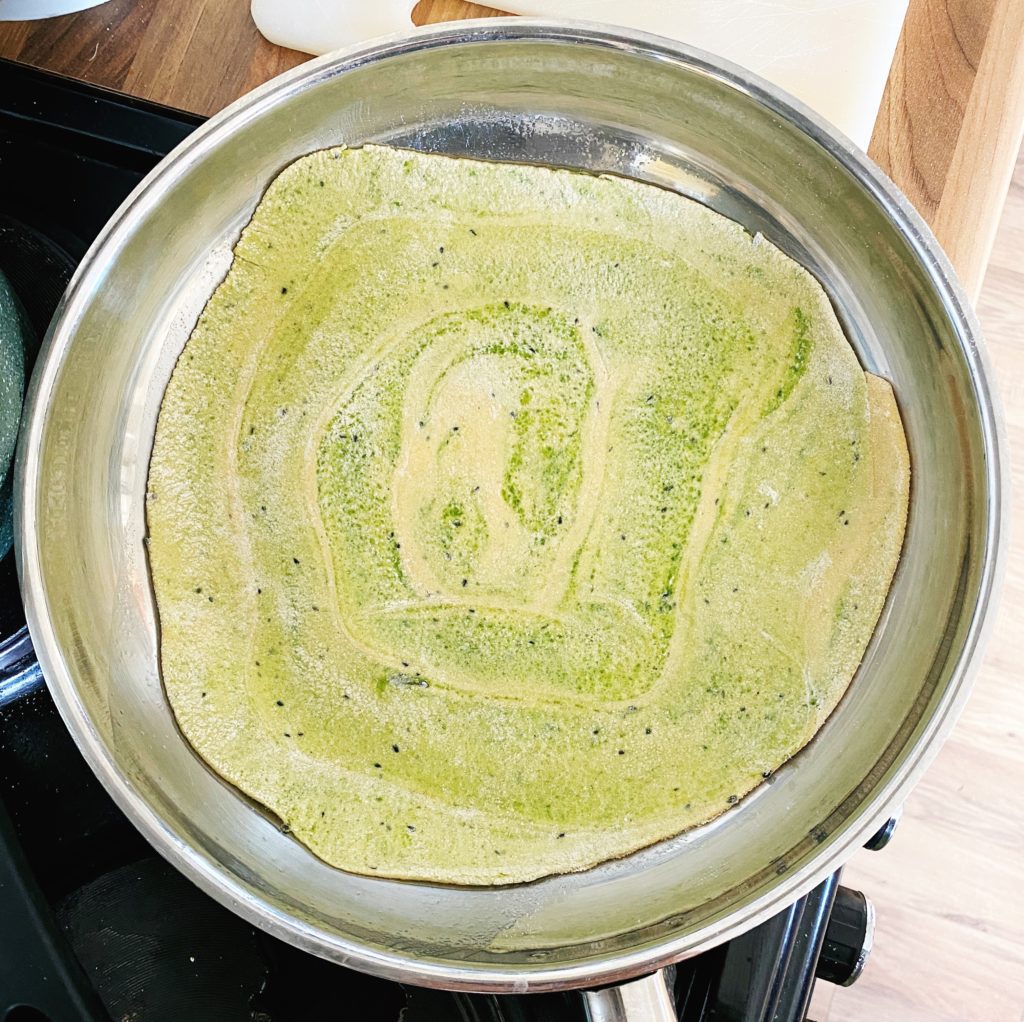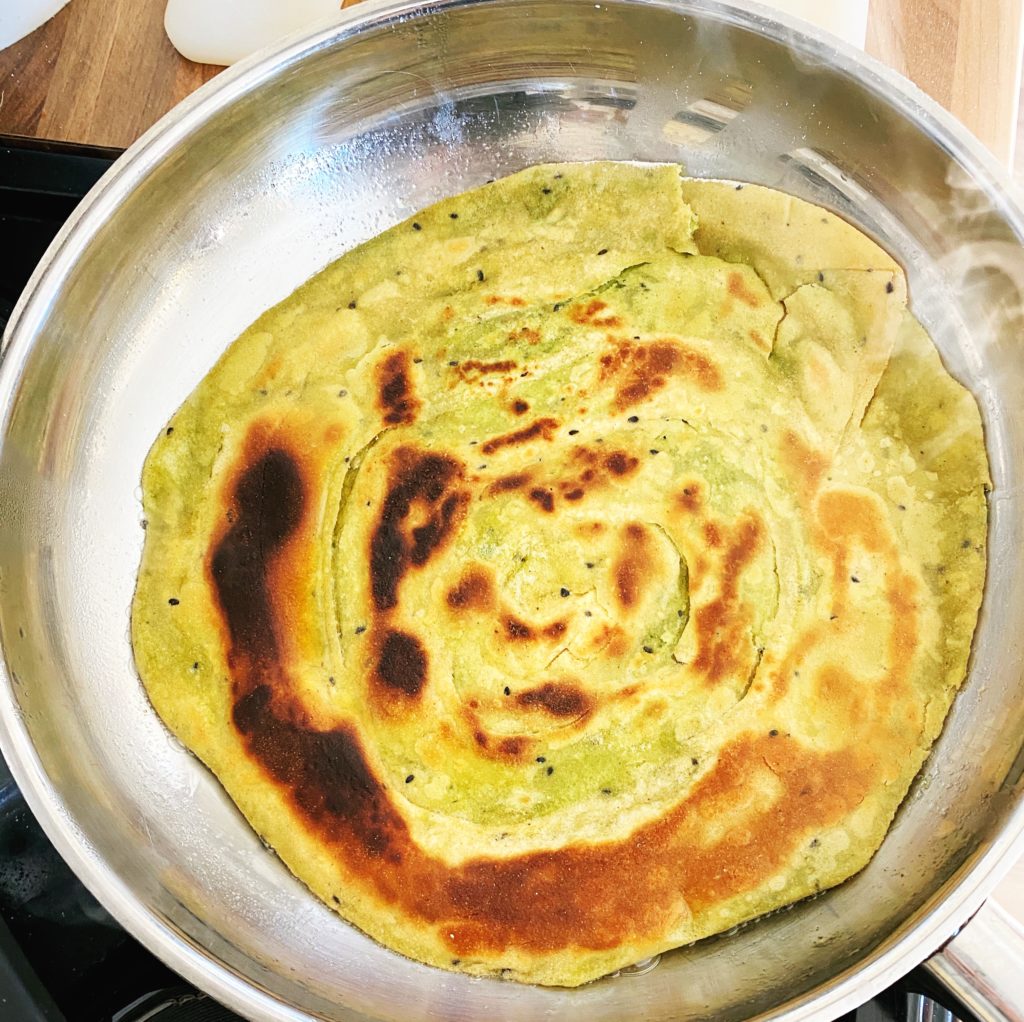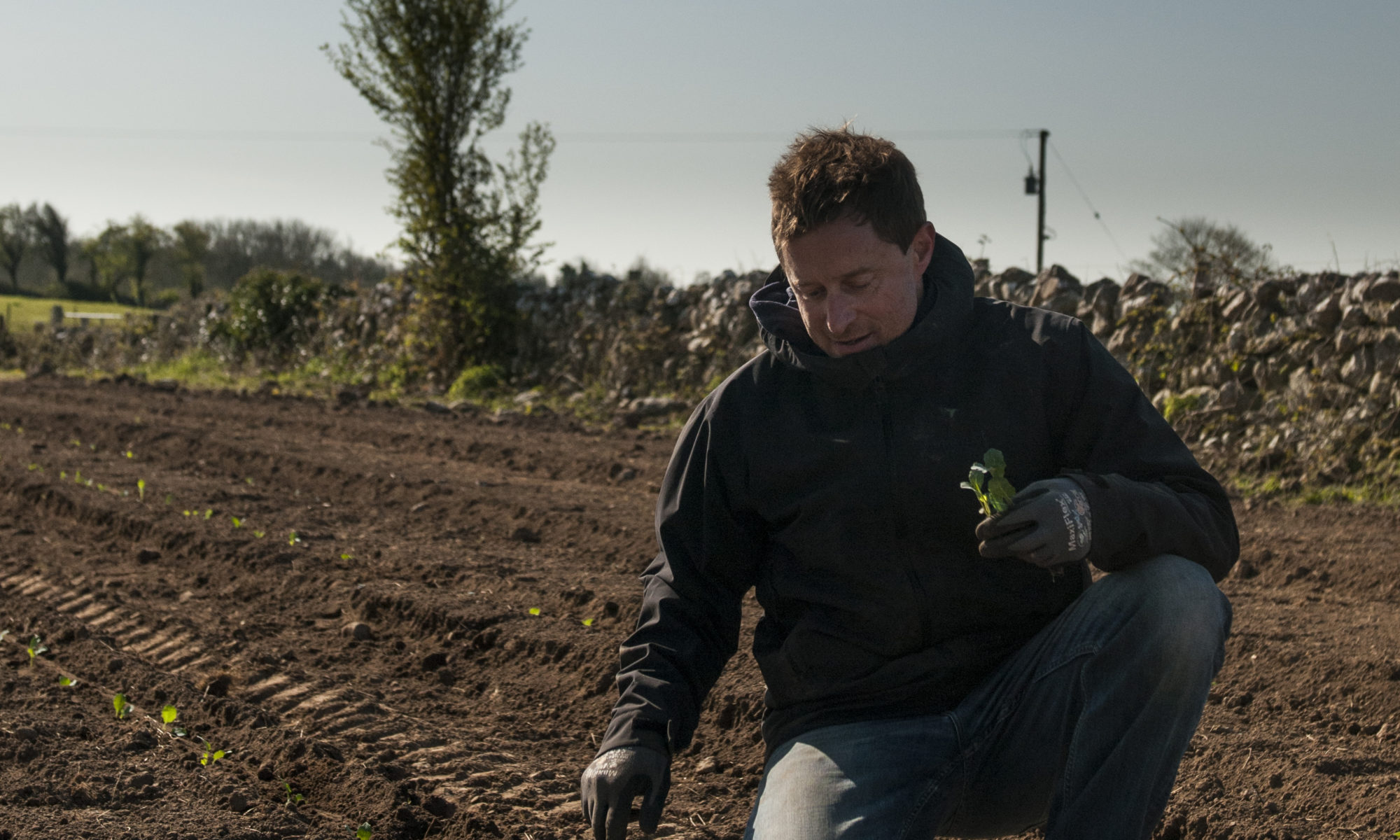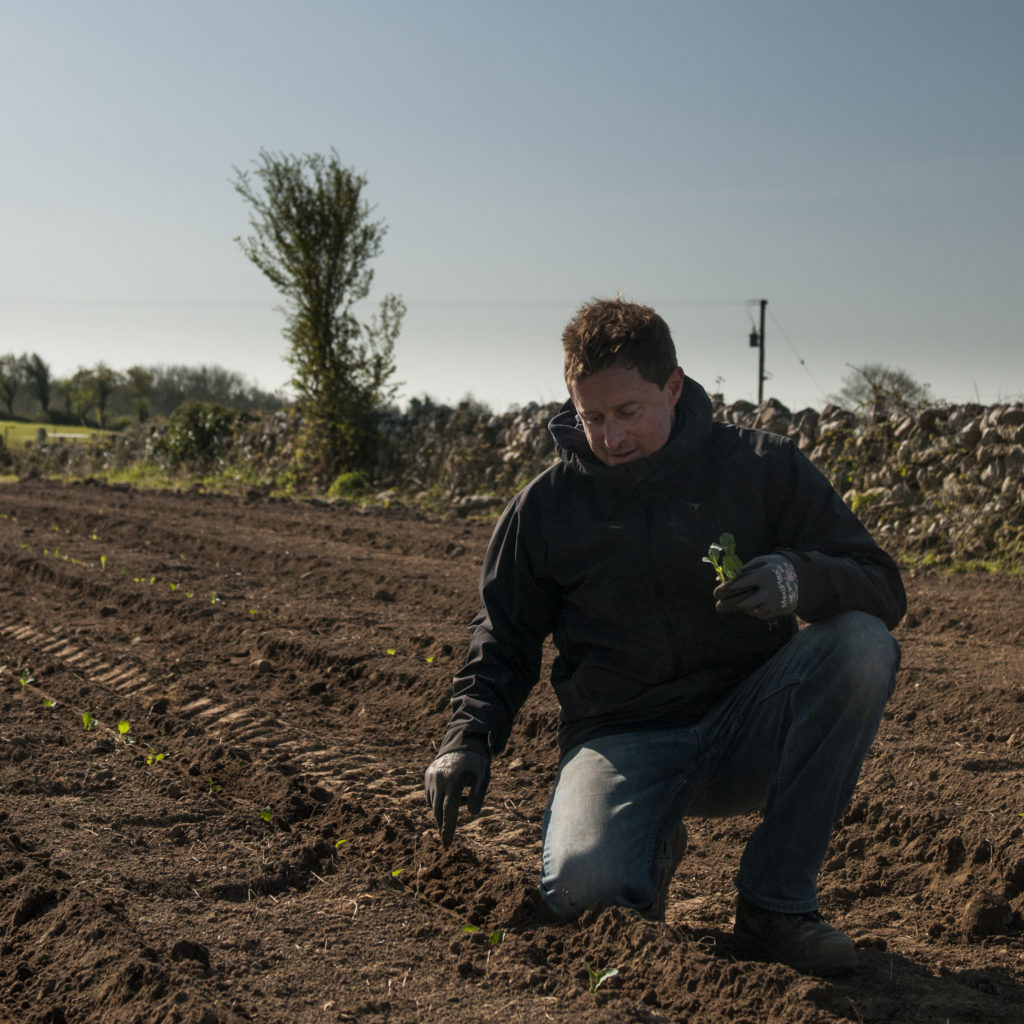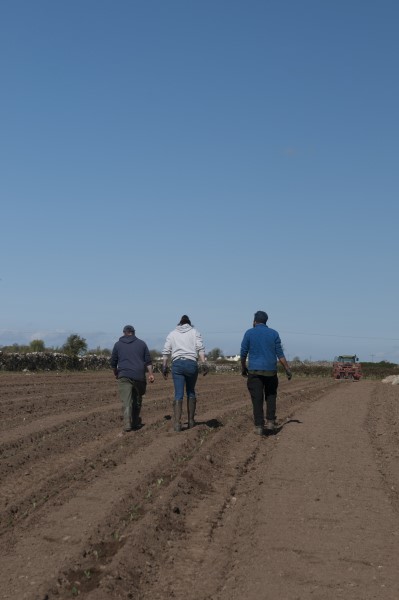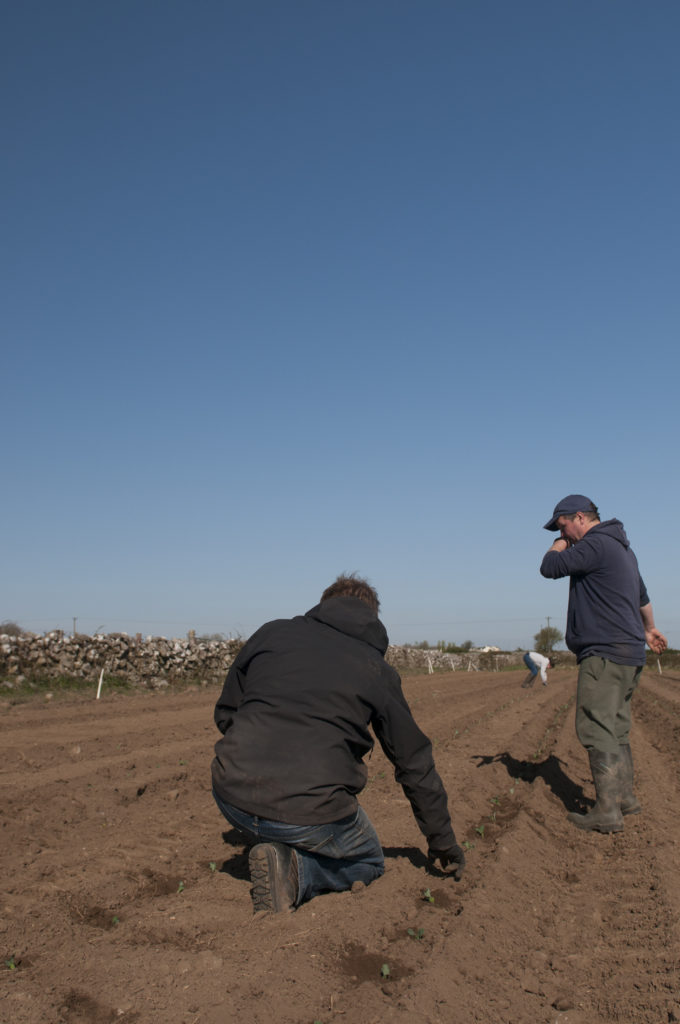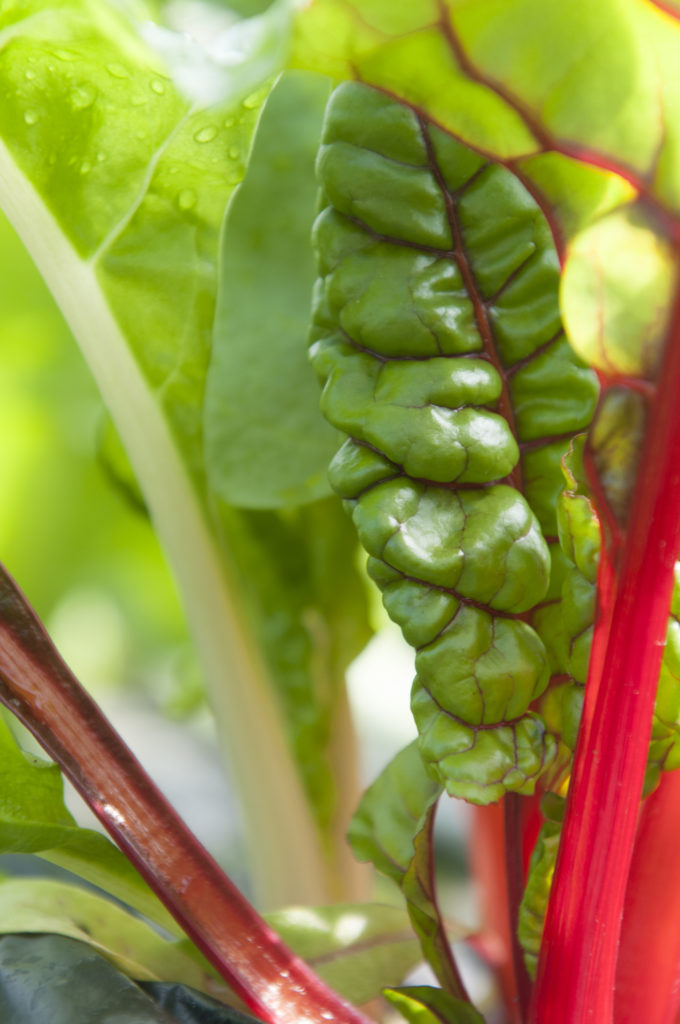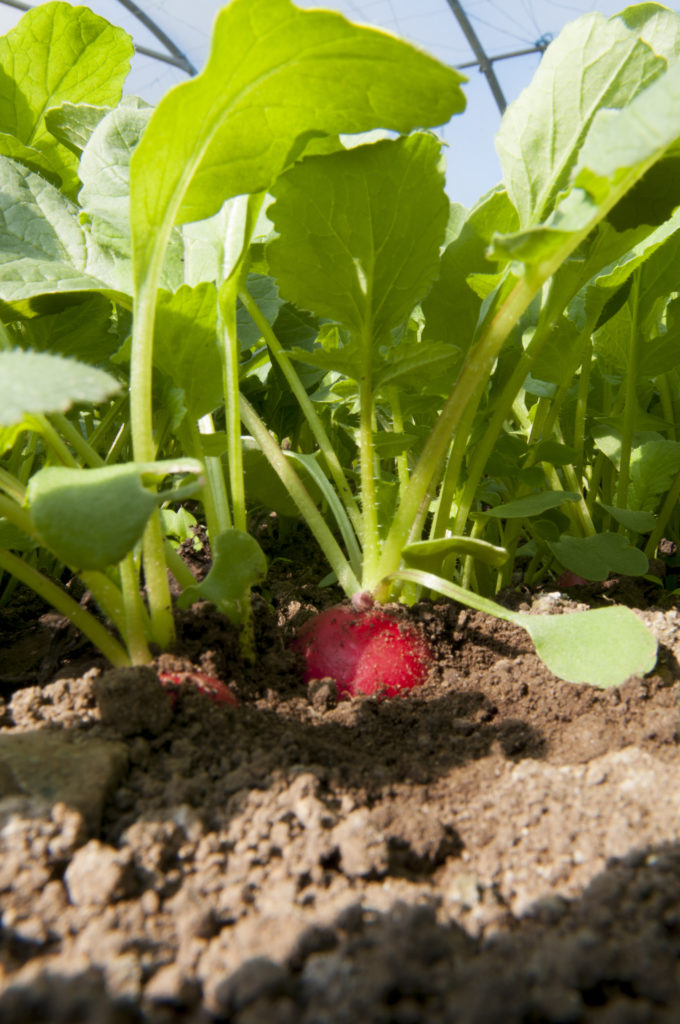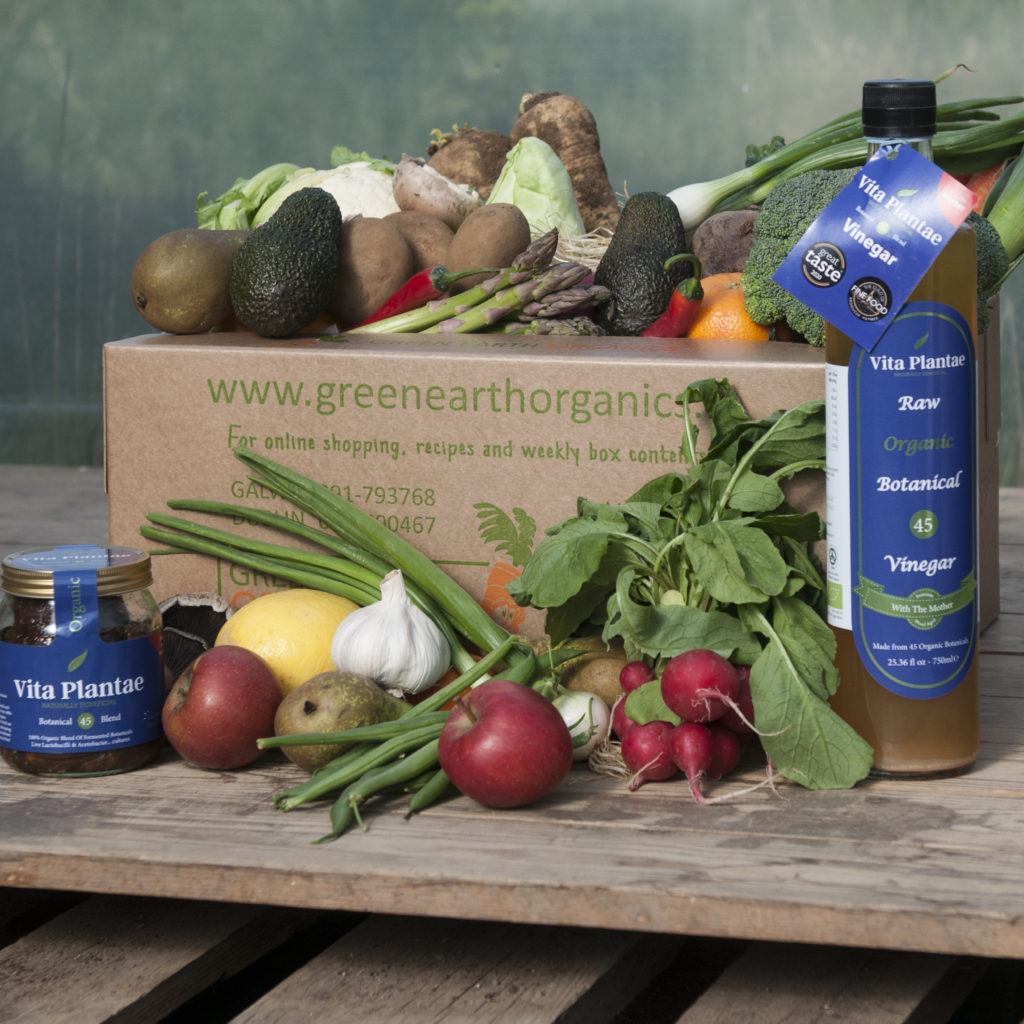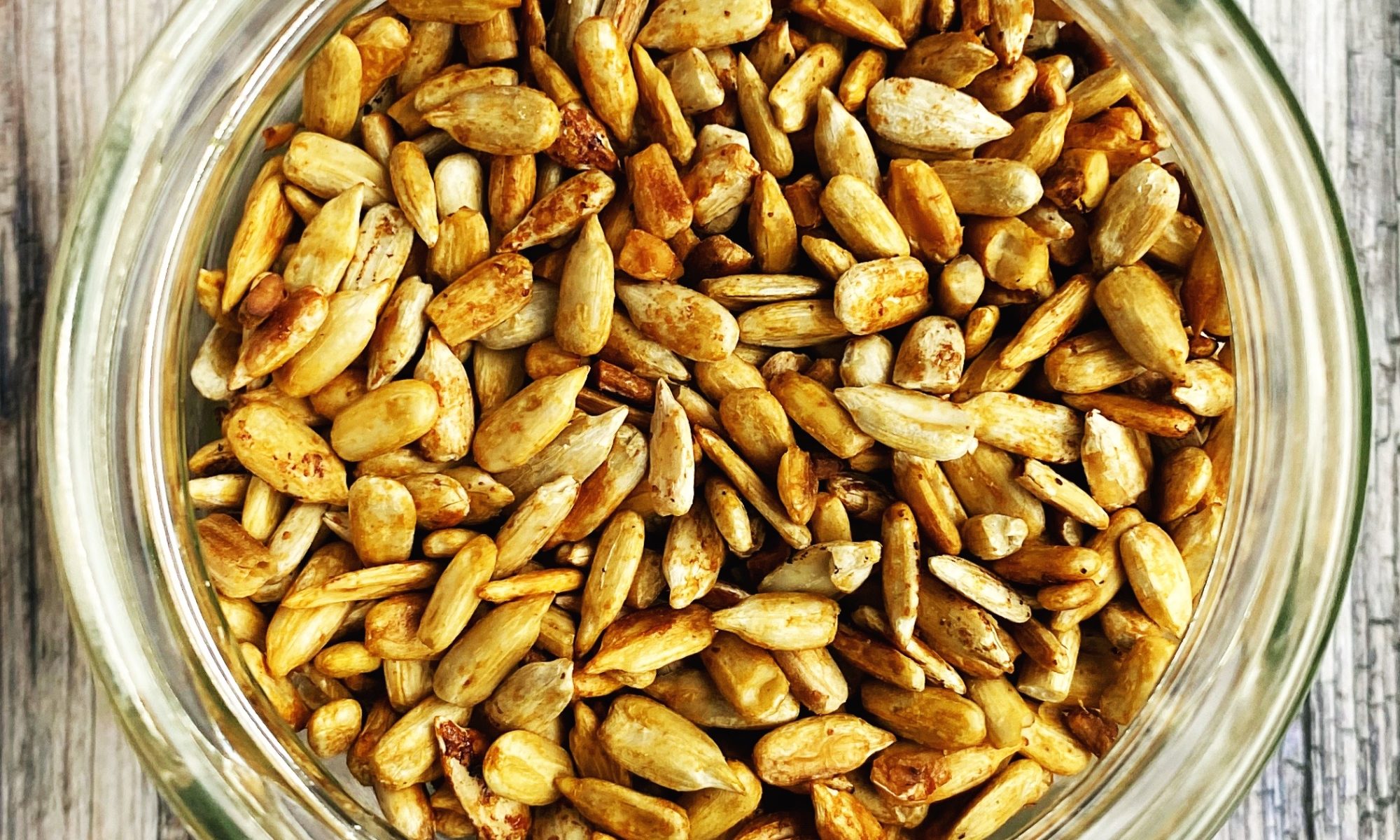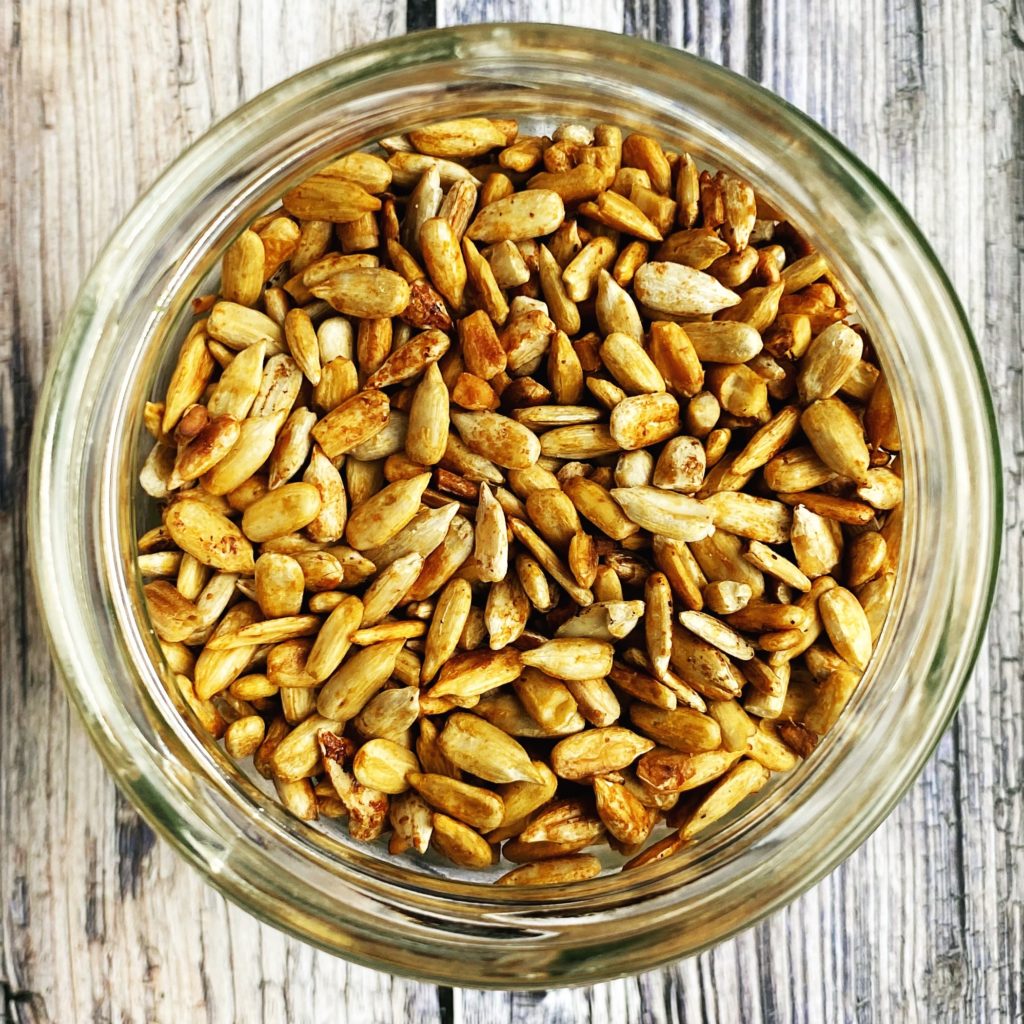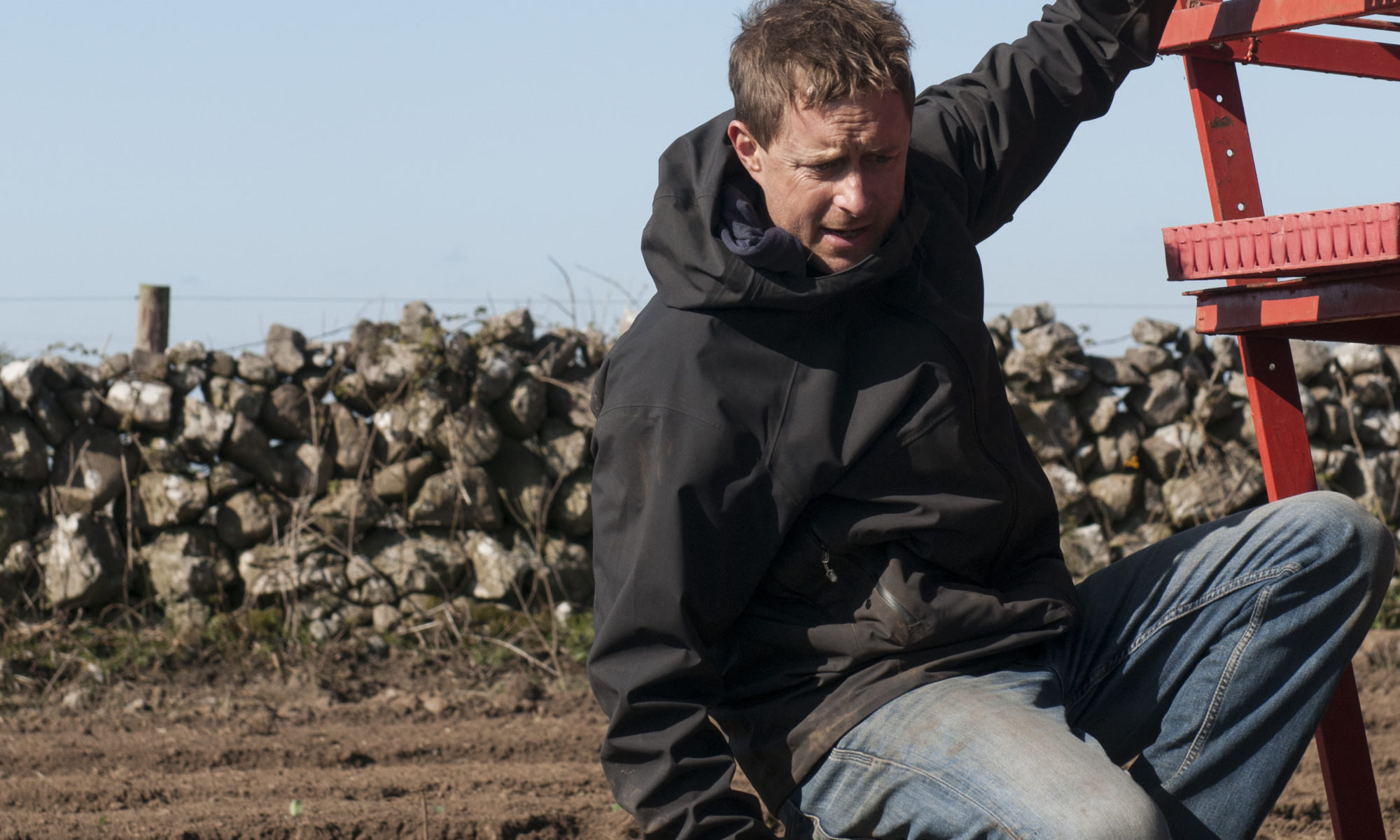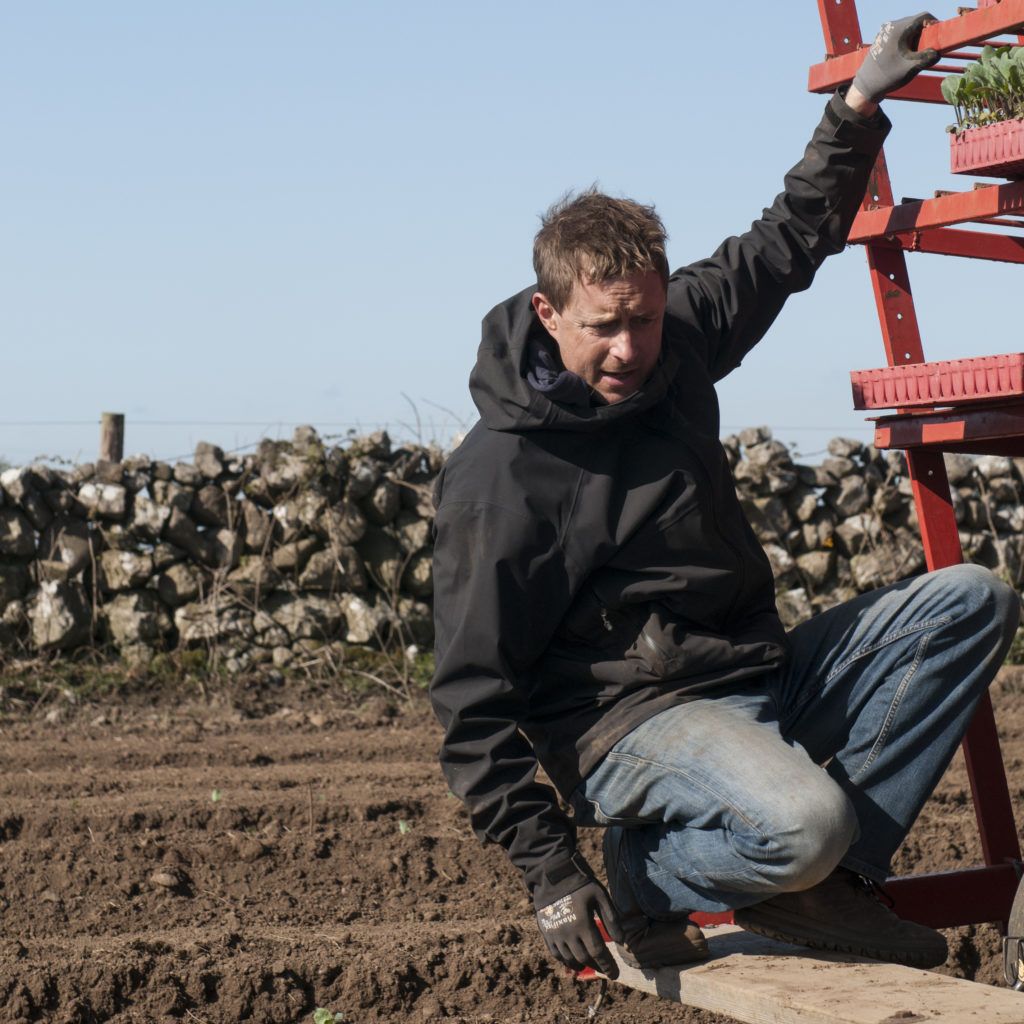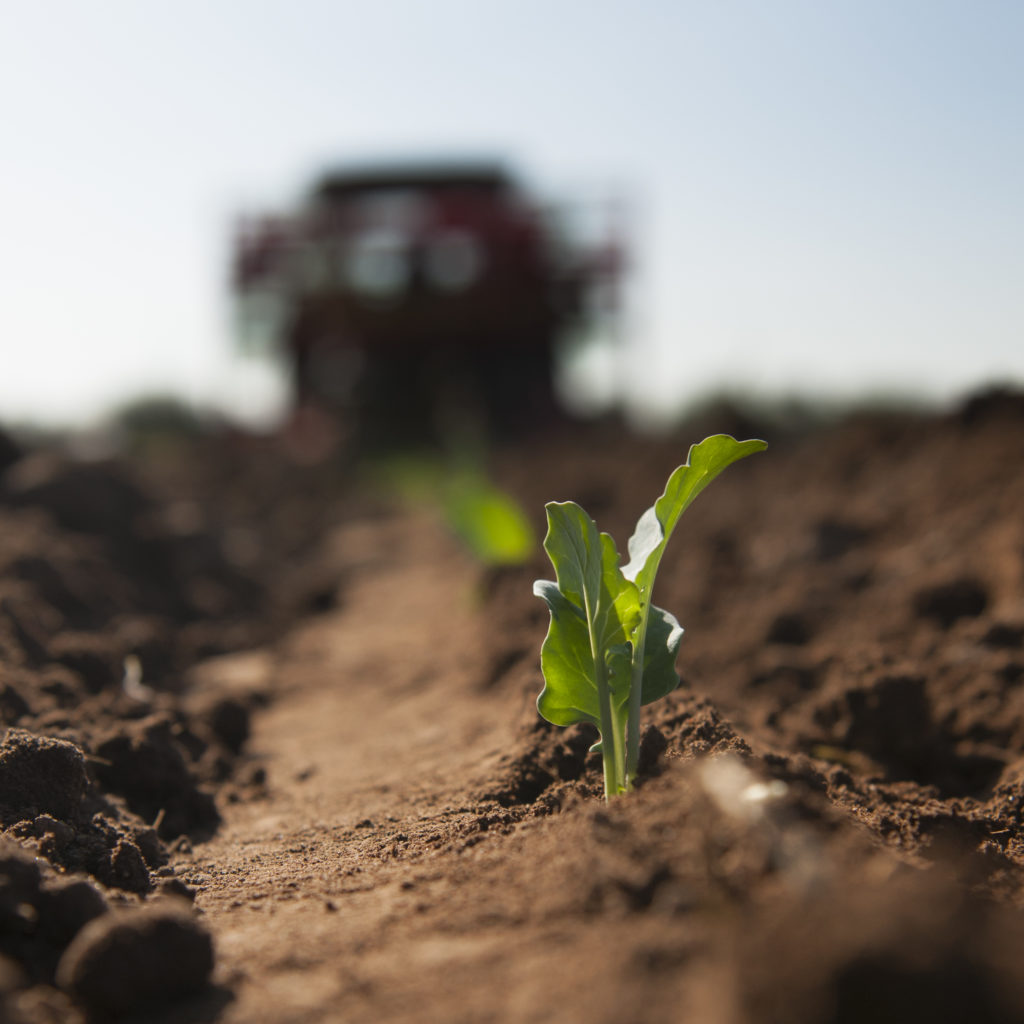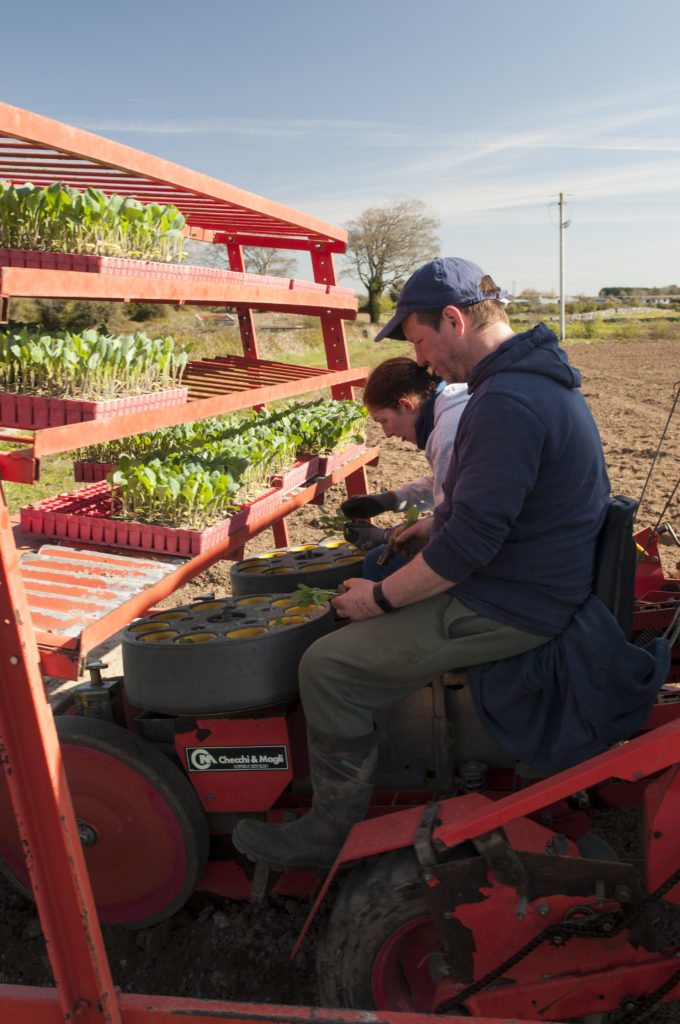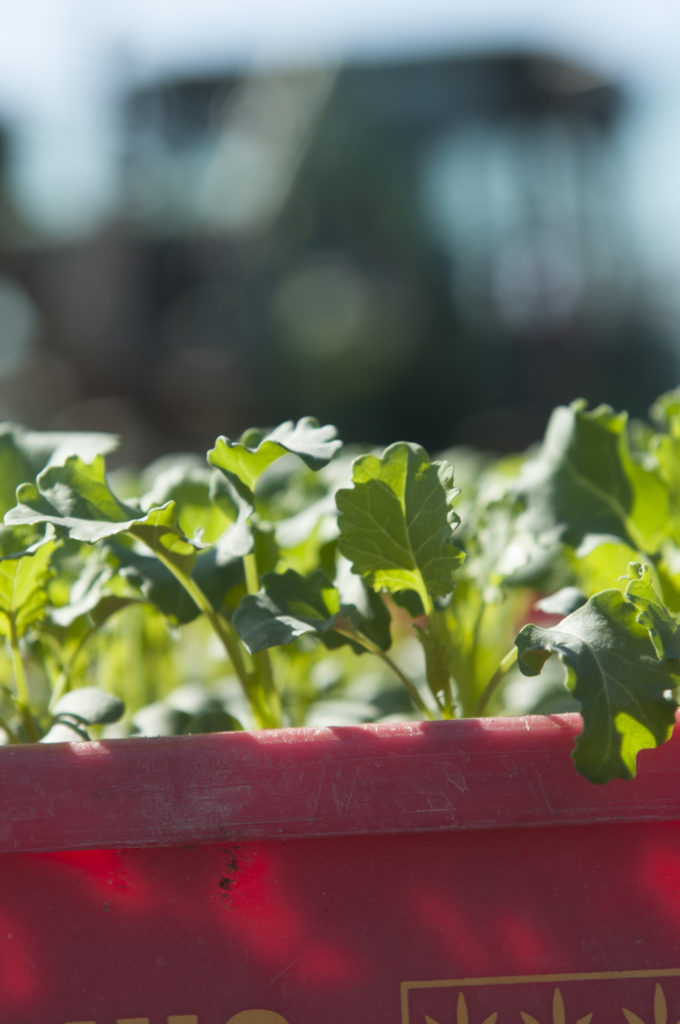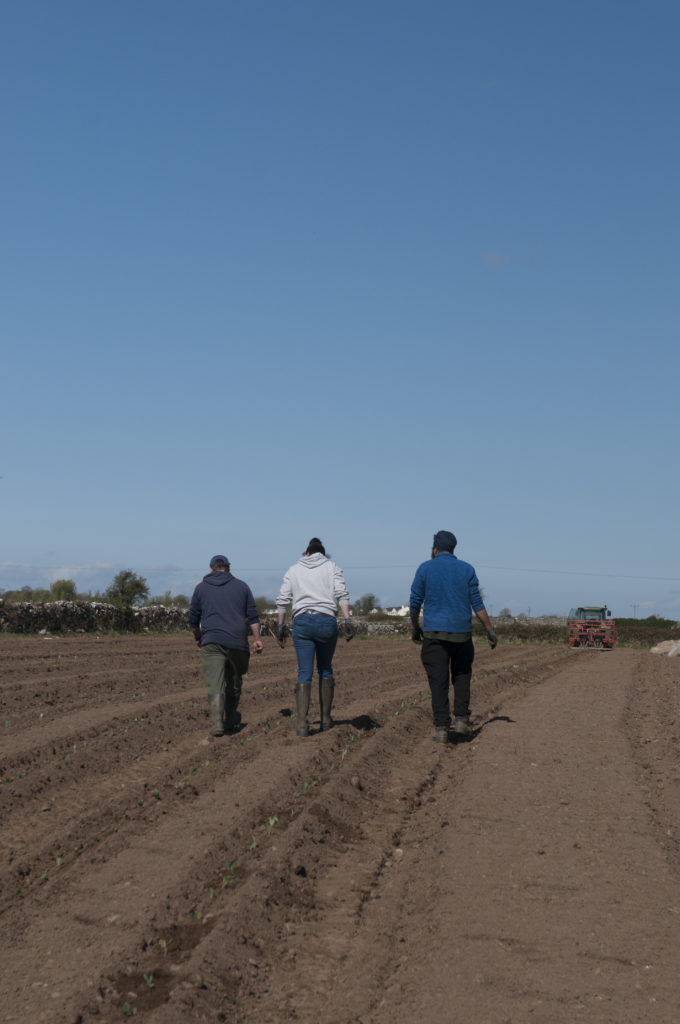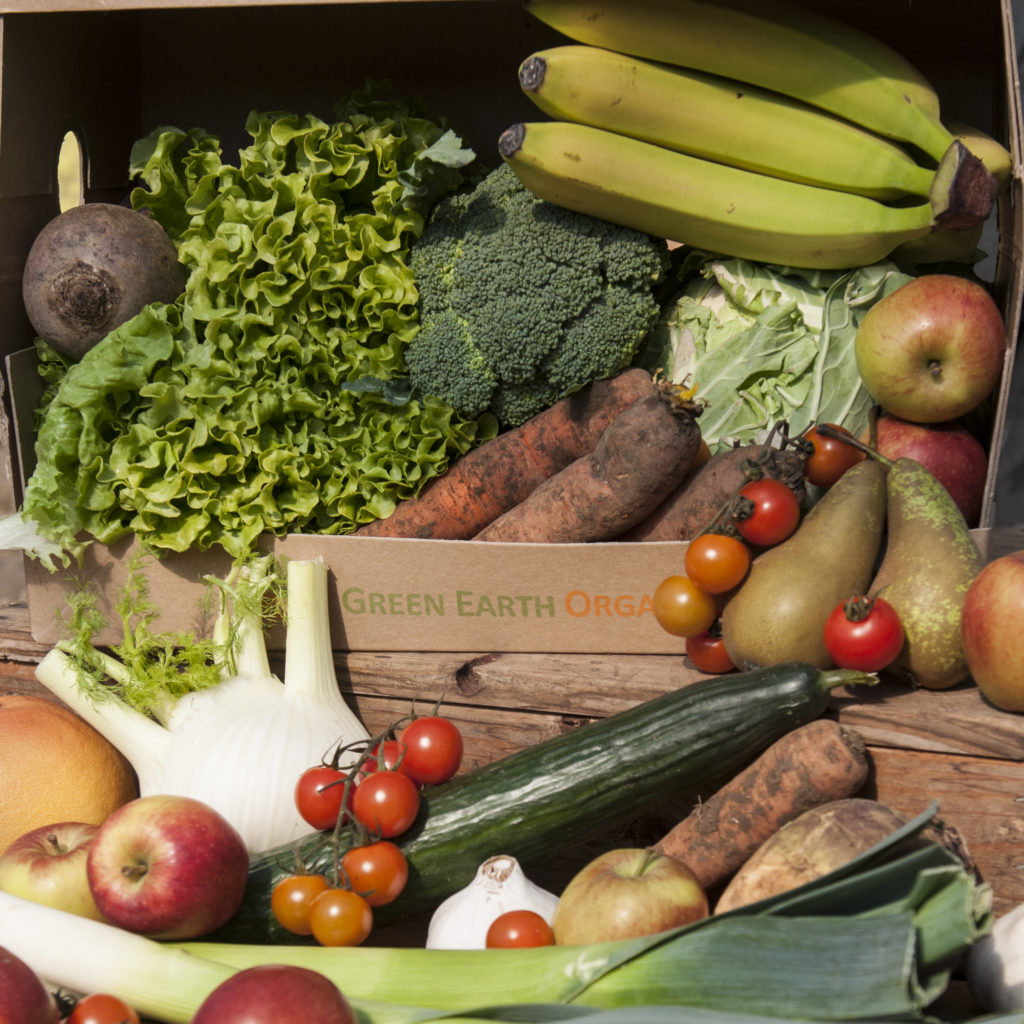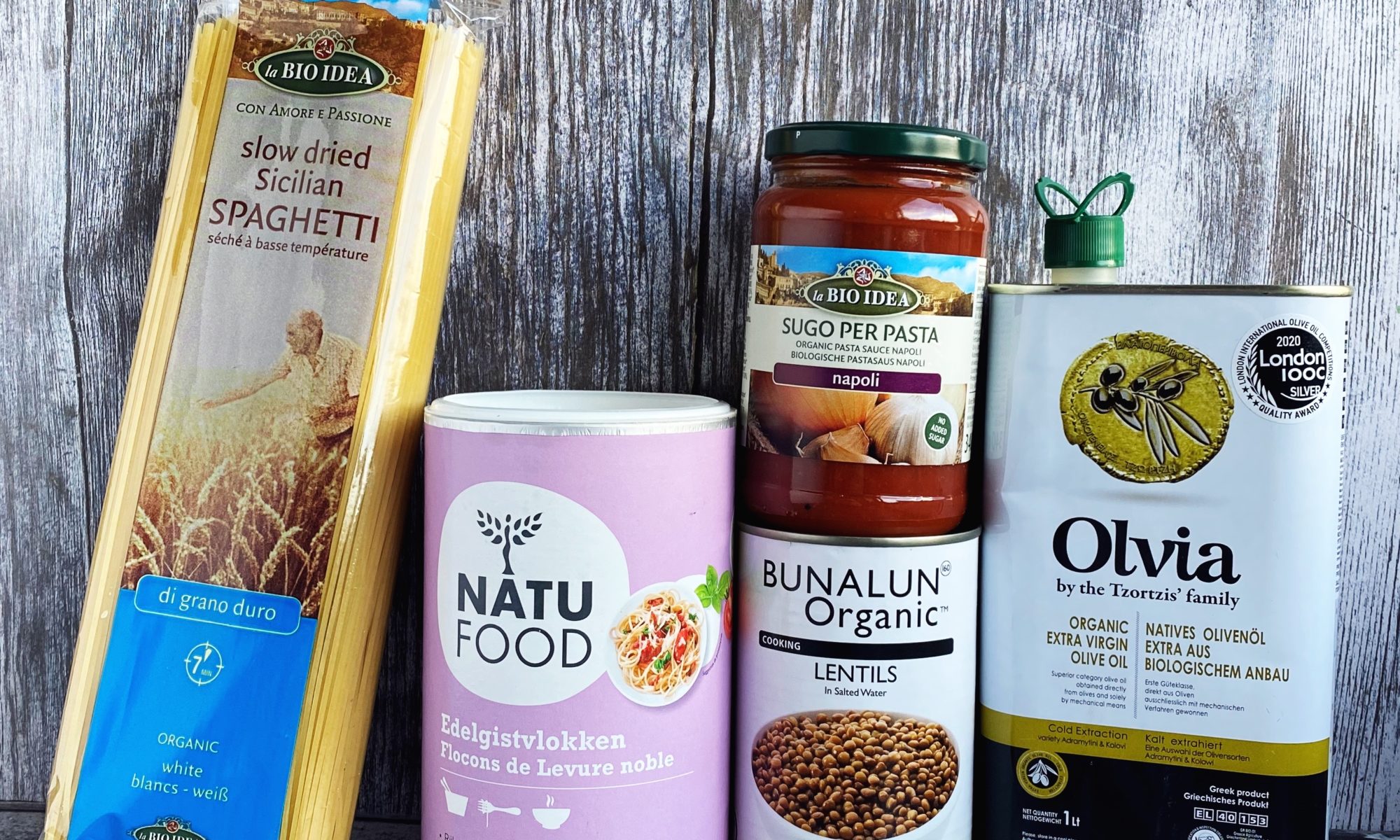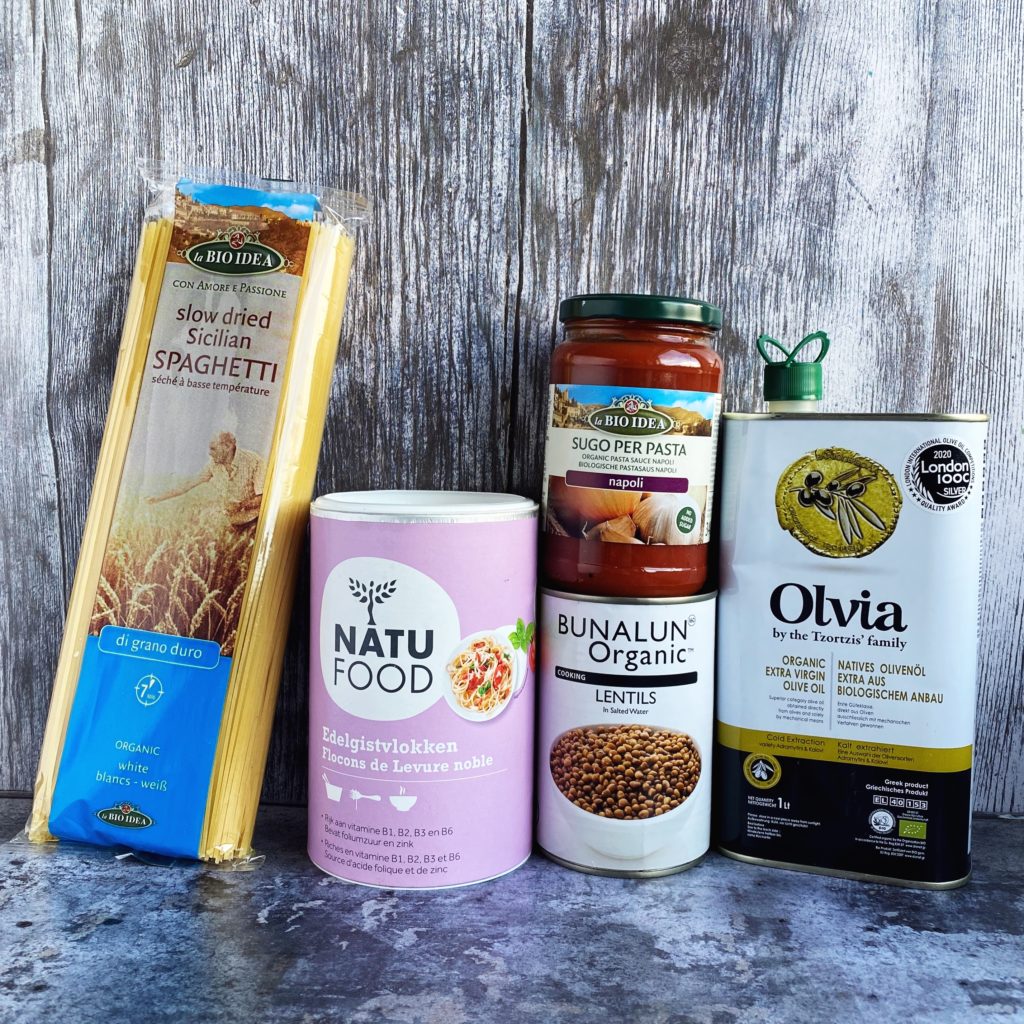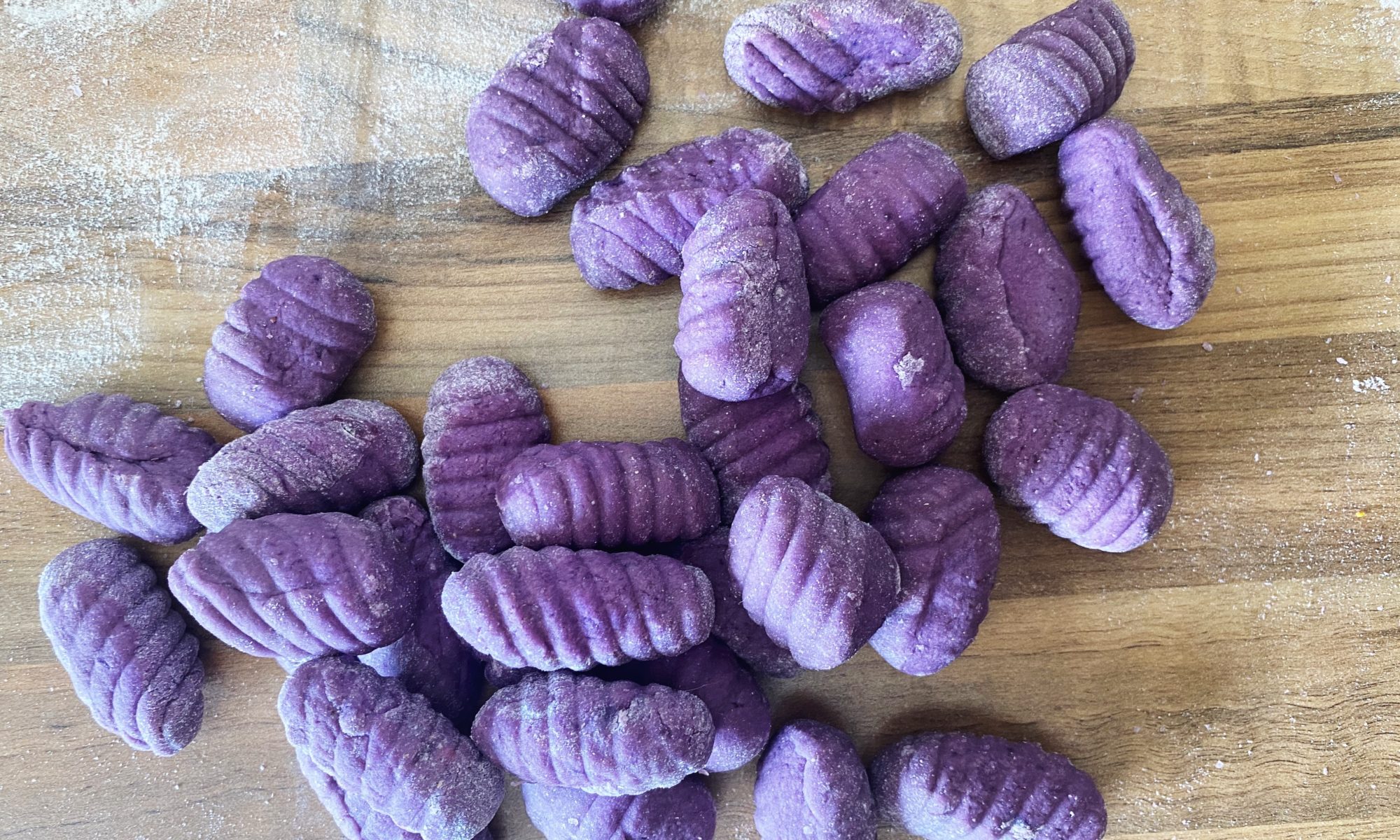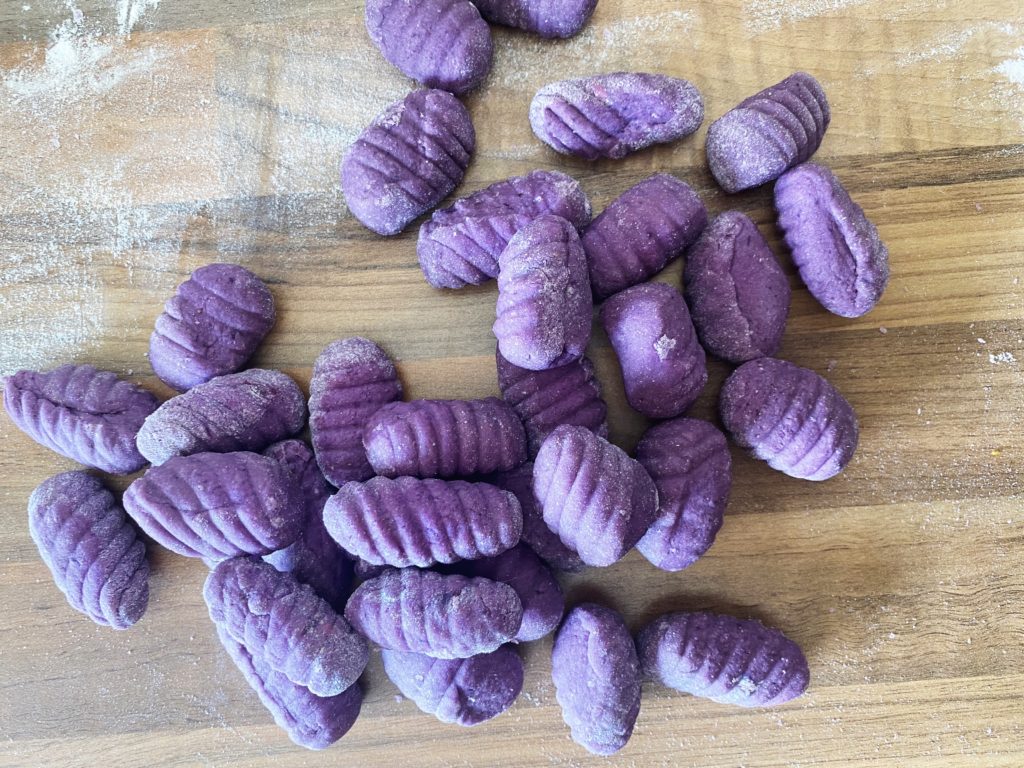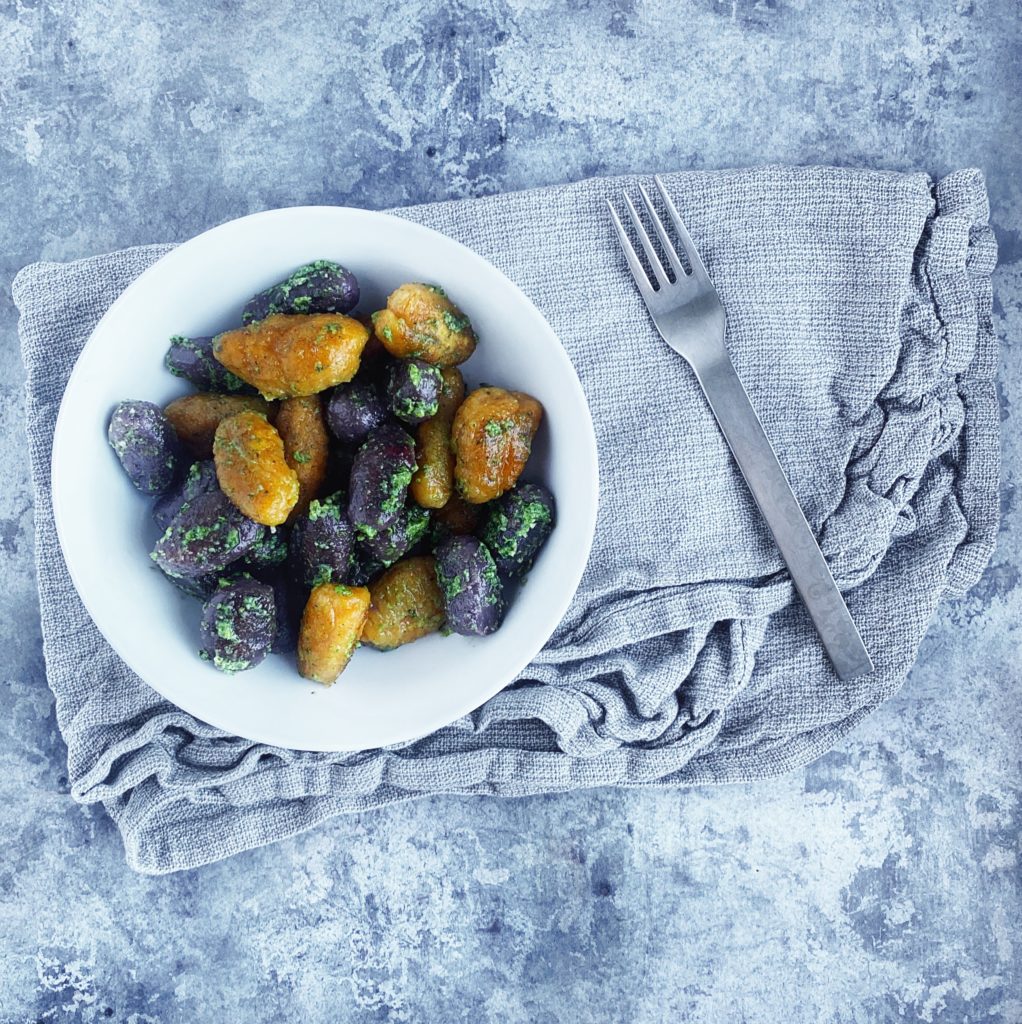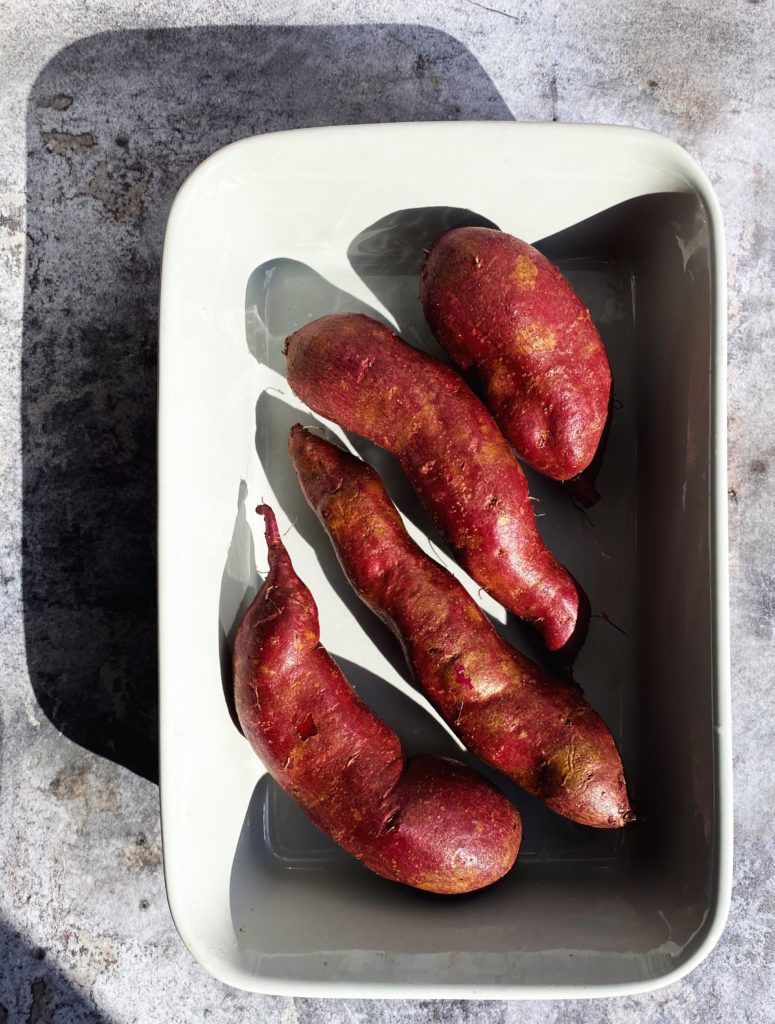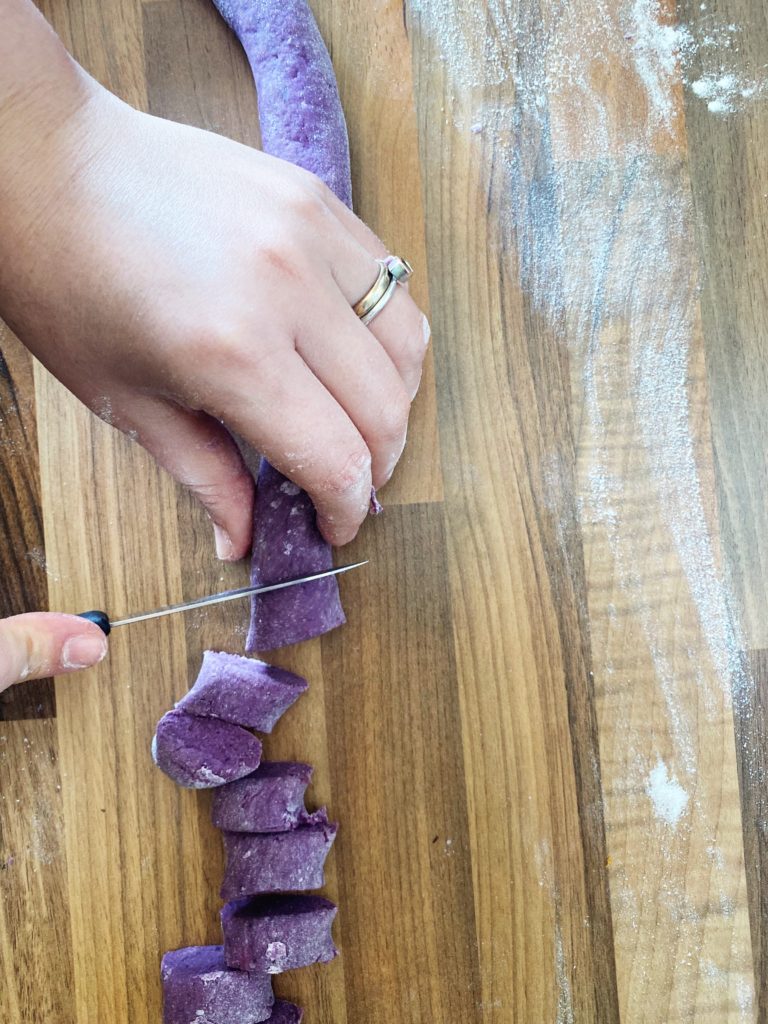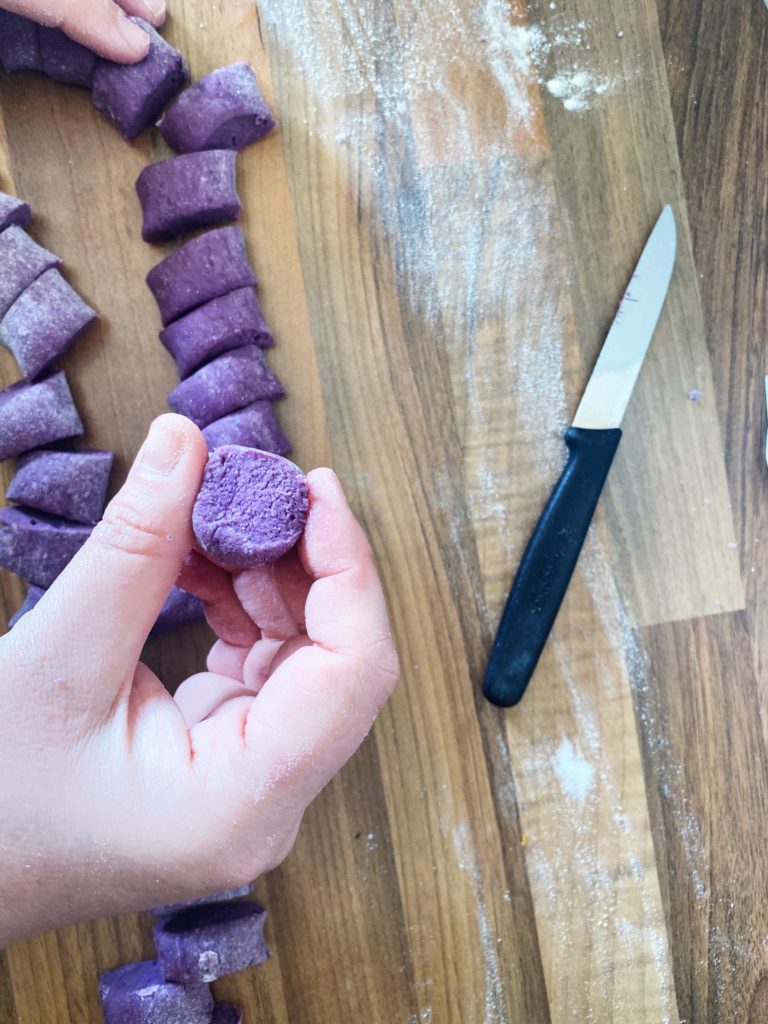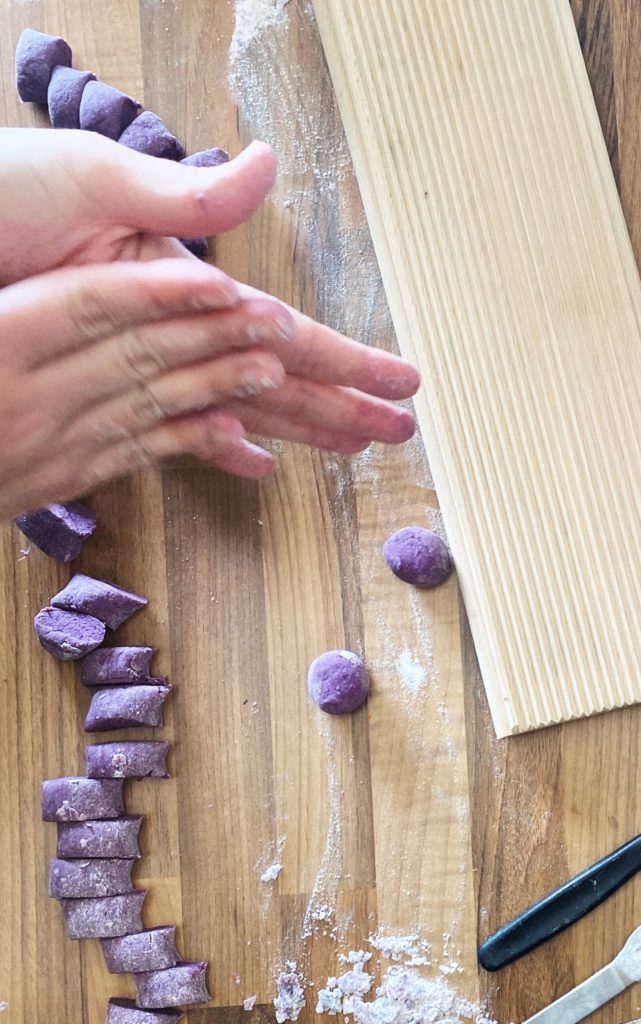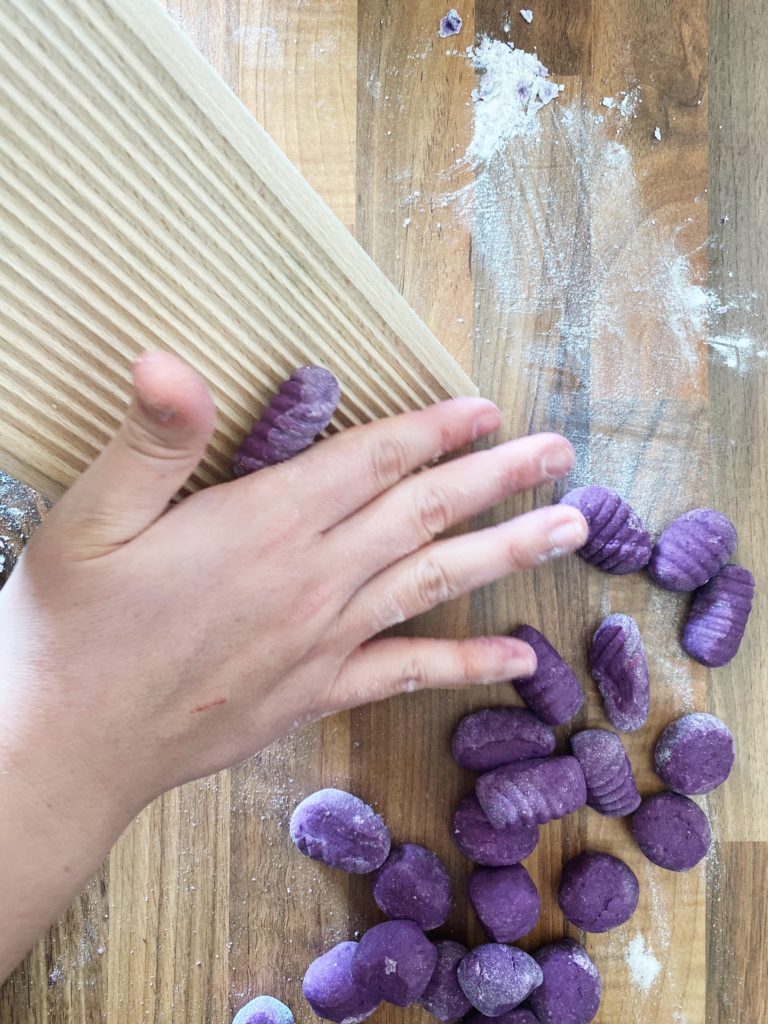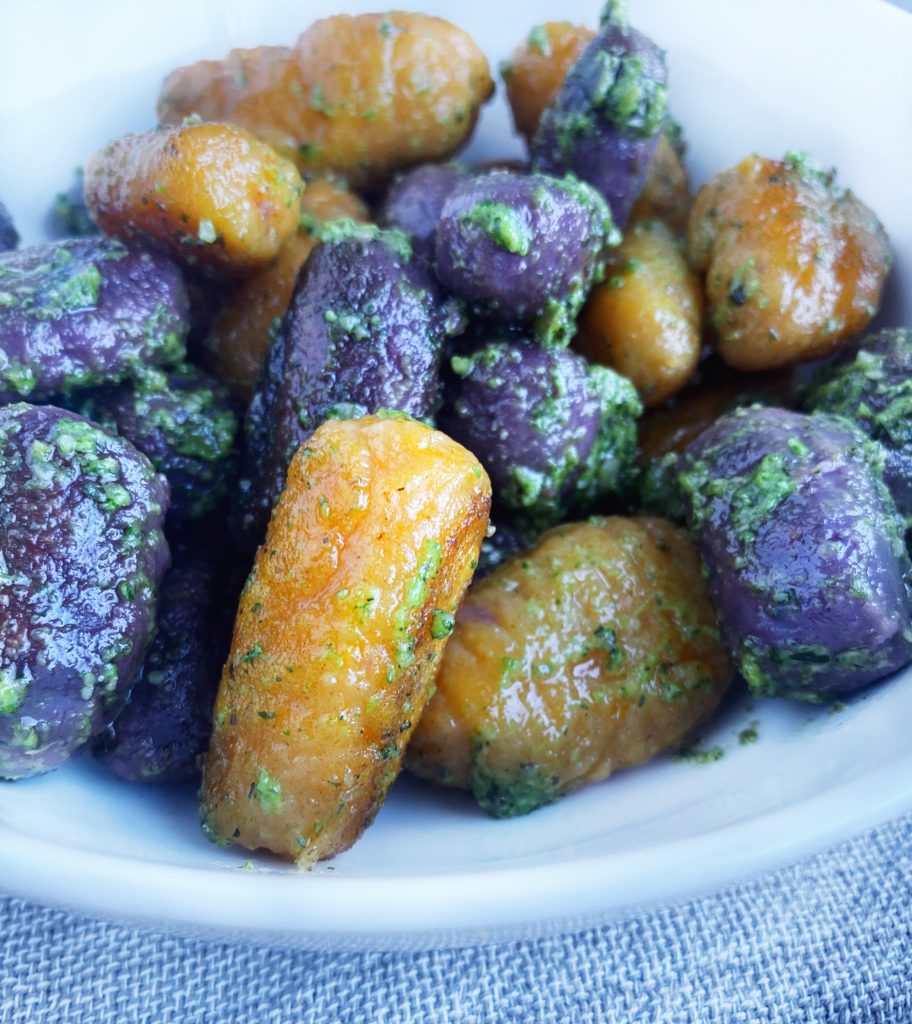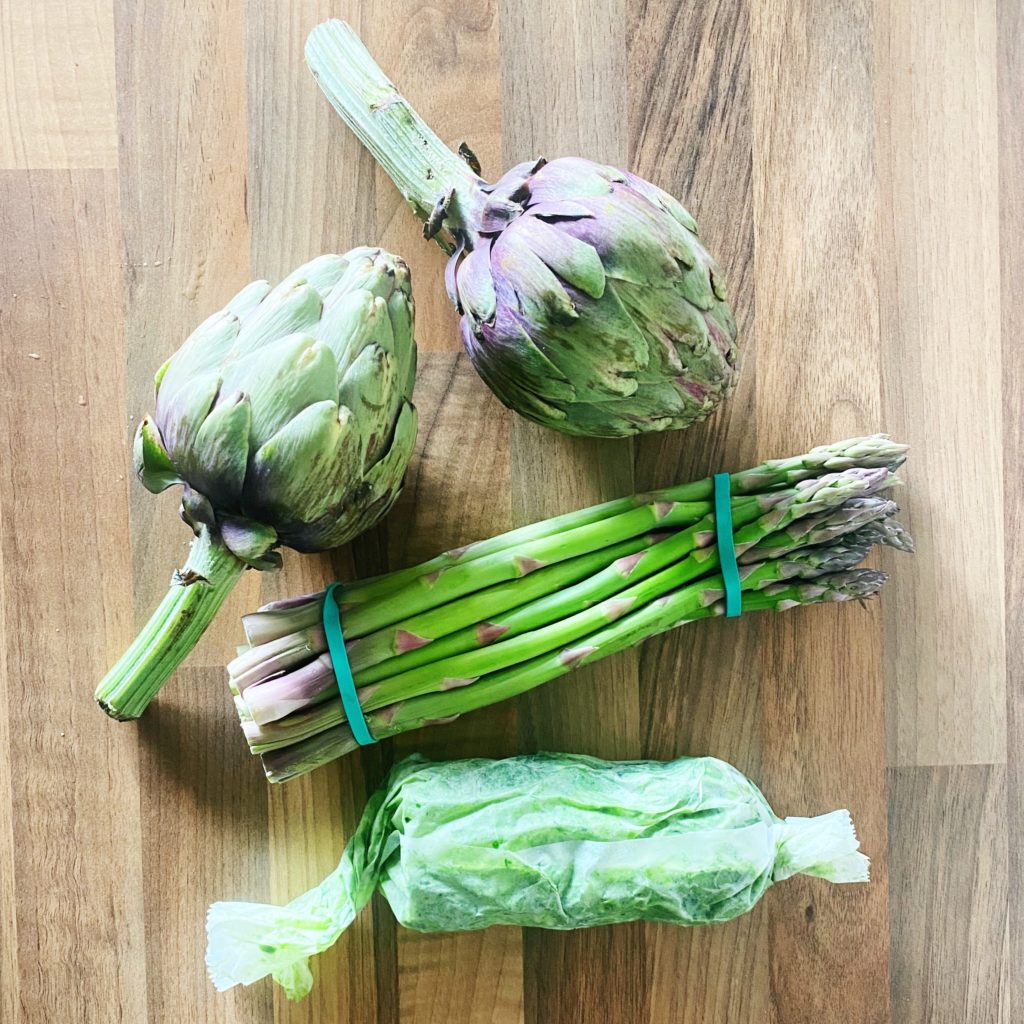
I love perennial vegetables and think we should all be eating more of them! Perennials are vegetables and fruits which are planted once and come back year after year. They could be a key solution in the fight against hunger and climate change. Perennials develop longer, more stabilising roots than annual crops. That and the fact that there is no digging once they are planted means they are the best crops for soil health. Their long, undisturbed root systems have also been shown to sequester carbon in the soil. Undisturbed crops like artichokes, especially organically grown ones, create wildlife havens and putting back a balance of biodiversity in any agricultural land is so important!
So add perennials like asparagus and artichokes (rhubarb, fruits, nuts, olives…) to your order whenever they are in season to show your support to this climate friendly type of farming and to enjoy the incredible flavour and nutrition that comes along with them. Here’s my favourite way to enjoy these two crops every spring. It’s so simple and so delicious.
Liz x

Ingredients (serves 2)
- 2 globe artichokes
- 1 bundle of asparagus
- 2 slices of lemon
- 1 clove of garlic
- 2 bay leaves
- wild garlic butter (wild garlic blended with butter)
- toast and cheese (I used my fermented cashew cheese)
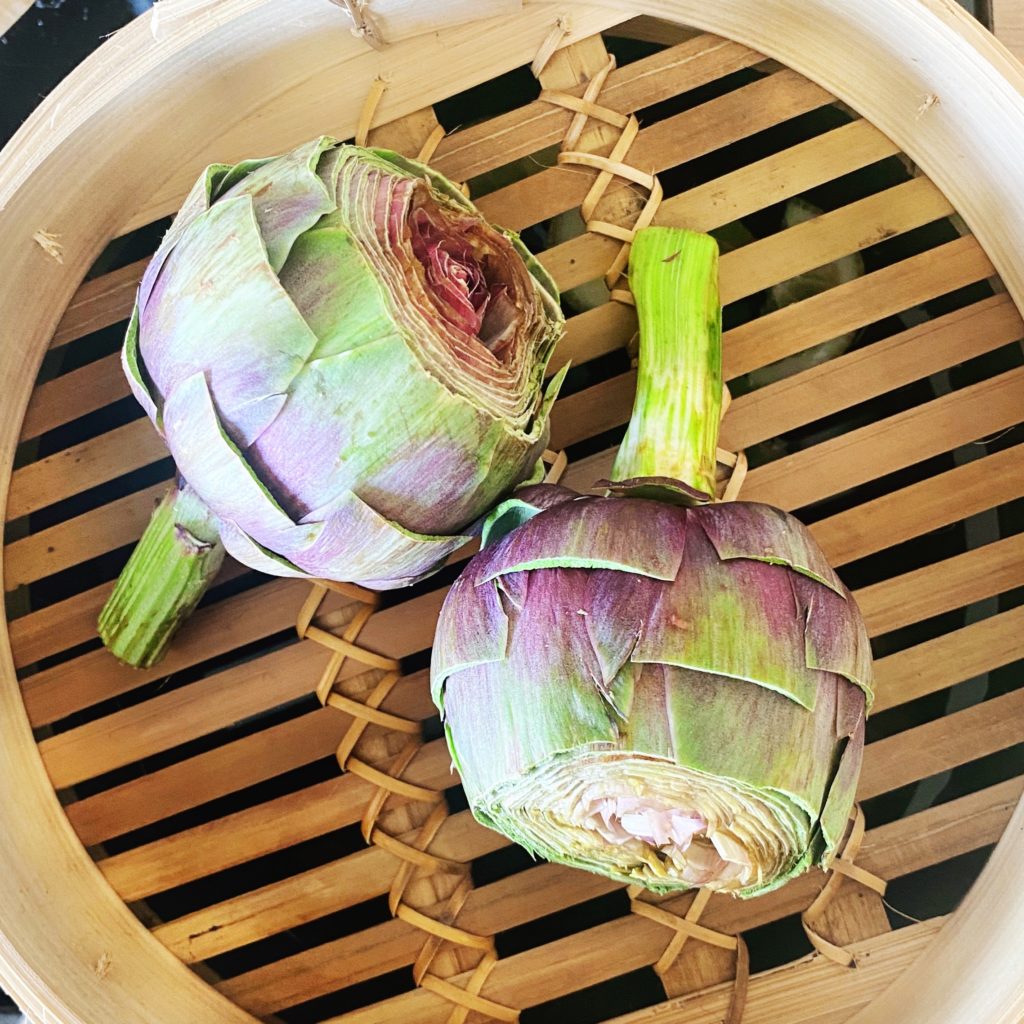
Method
Rinse the asparagus and artichokes and get a pot of water under your steamer basket on the hob. I like to add lemon slices, garlic and bay leaves to the steaming water to infuse into the vegetables.
Prepare the artichokes. Slice an inch or so off the tops, remove any small leaves on the steam and trim the steam leaving a good inch or two still attached to the flower head. Use kitchen scissors to cut the spiky top off all the outer petals. You can also use a potato peeler or a sharp knife to peel the stalk.
Put the artichokes into the steamer basket, replace the lid and allow them to steam for at least 20 minutes. They are done when you can easily pull a petal off.
Prepare the asparagus spears by simply snapping off the woody ends. Carefully bend the end and it should break off just past the dried out, tougher woody ends. Those can go in the compost bin or into the freezer to be used in a homemade veggie stock.
Once the artichokes are steamed, add the asparagus spears to the steamer and cook them for just 3-5 minutes or so until they are tender but still with some bite.
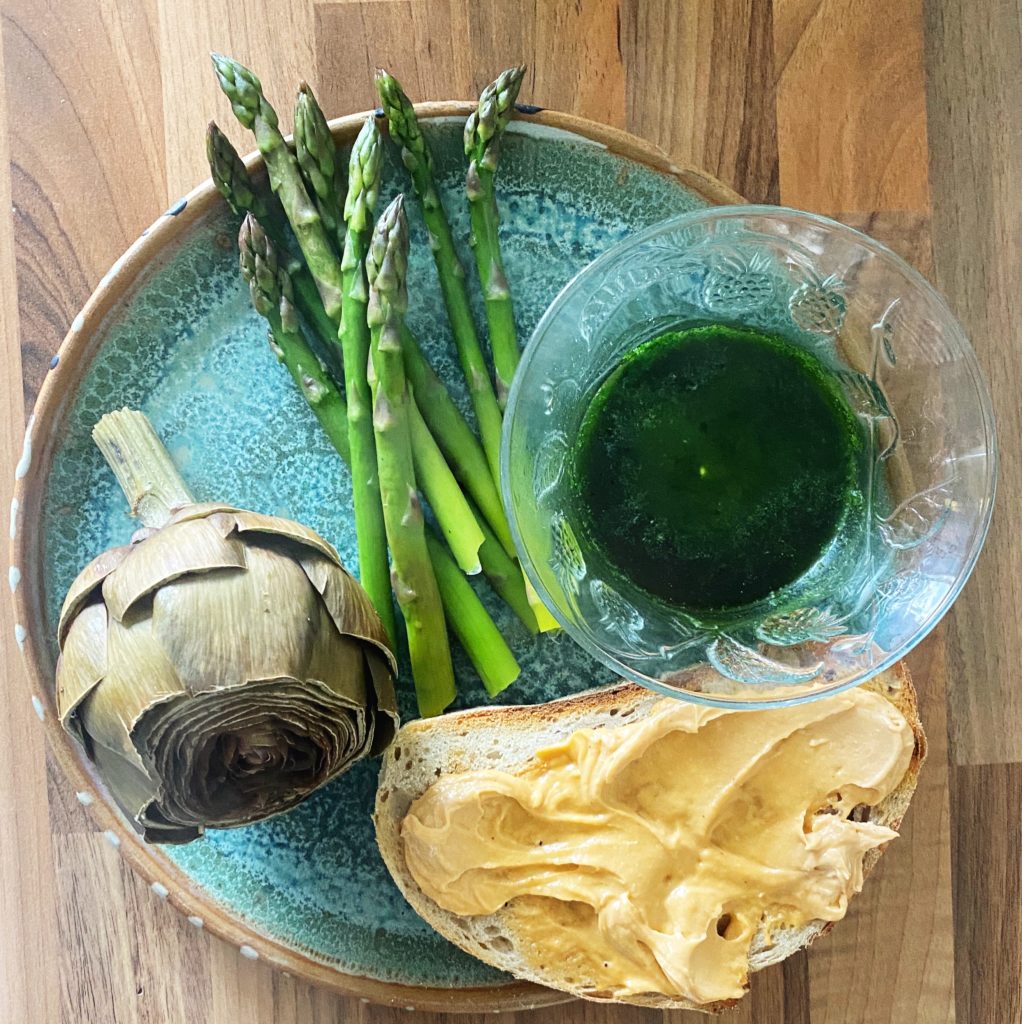
Serve with melted wild garlic butter or your choice of dip (aioli, salsa verde, hollandaise, vinaigrette…) and some toast and cheese. I melted a slice of wild garlic butter for each of us and can highly recommend it.
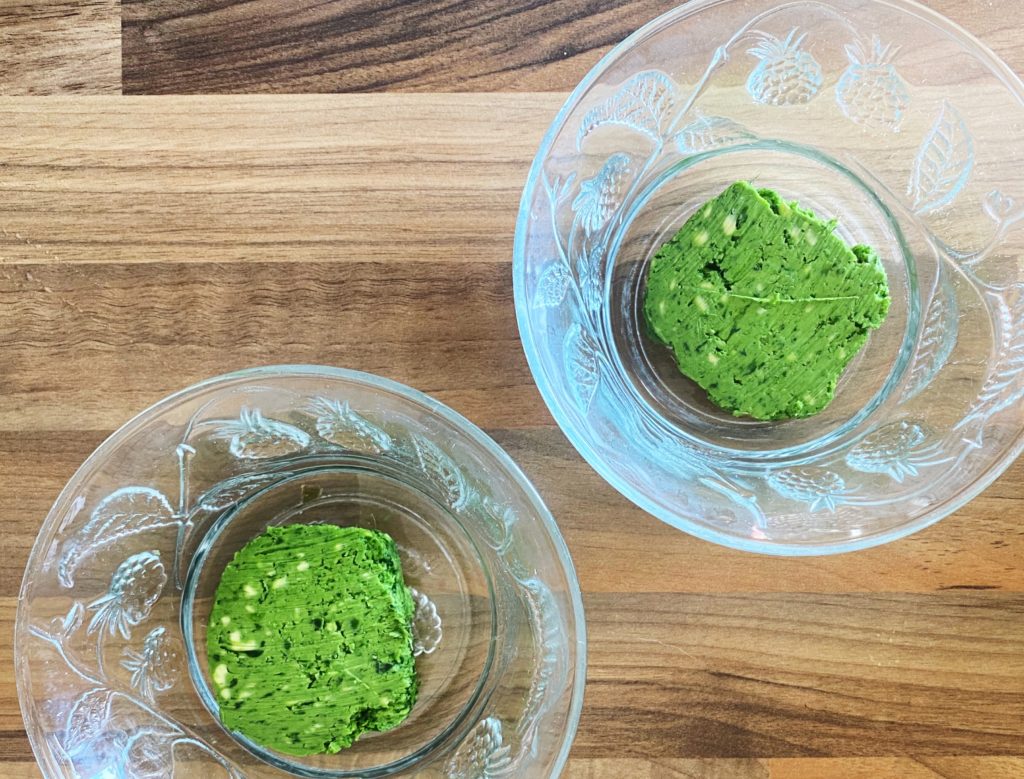
Eat the artichokes by pulling off one petal at a time and dipping it in the melted butter. Then scrape off the tender part with your teeth and keep going until you reach the heart.
On top of the heart is a fibrous, hairy ‘choke’. Scrape this off using a teaspoon or a knife.
Then eat the delicious heart and as much of the stem that is tender.
The petals and choke can then be composted. Have a bowl on the table to collect them in as you go.
The asparagus is also incredible dunked in the wild garlic butter. Enjoy!
